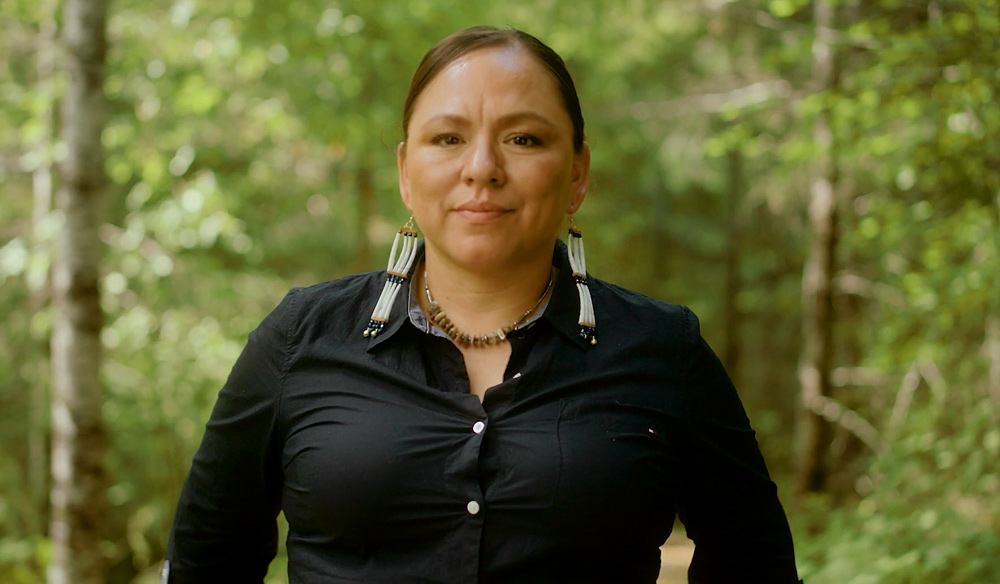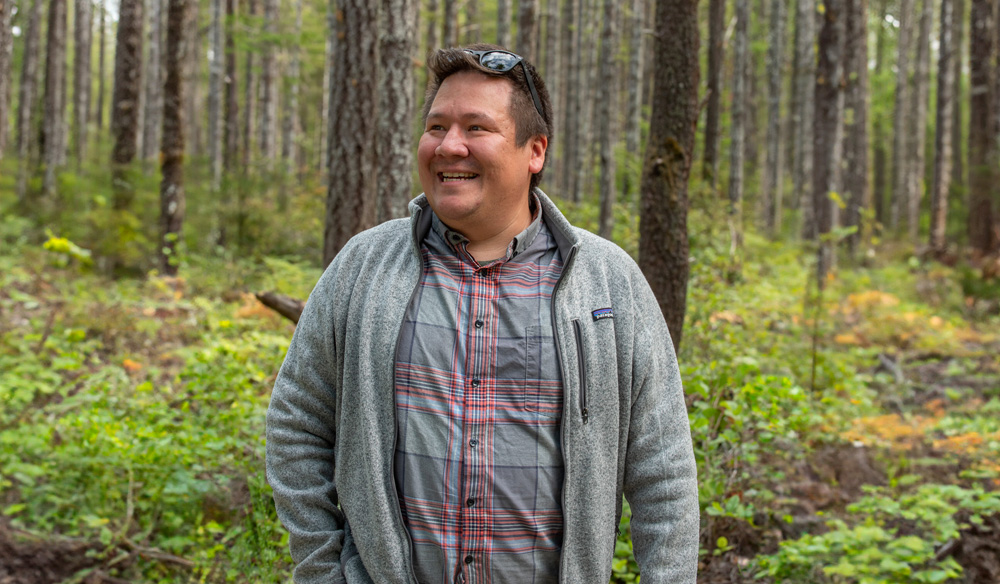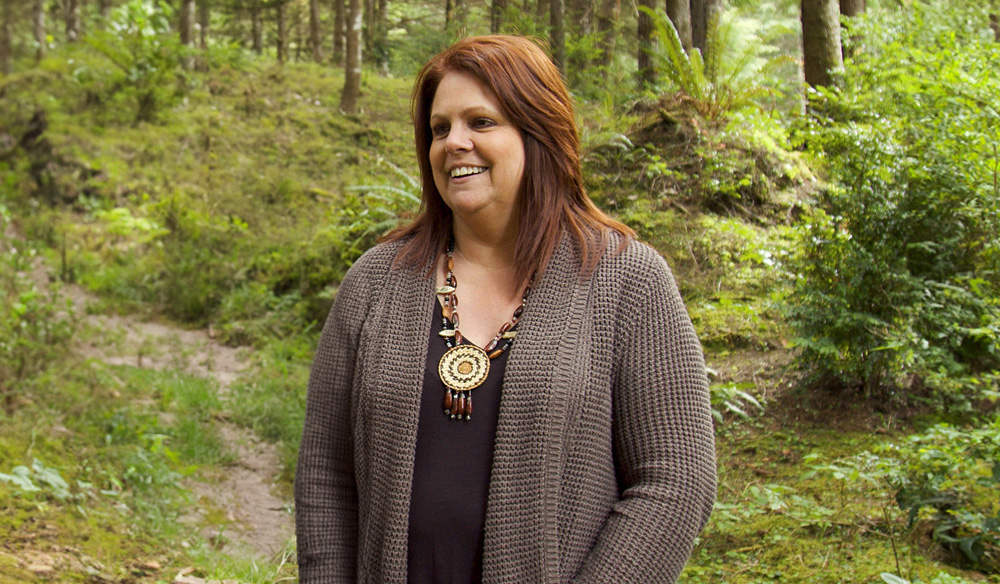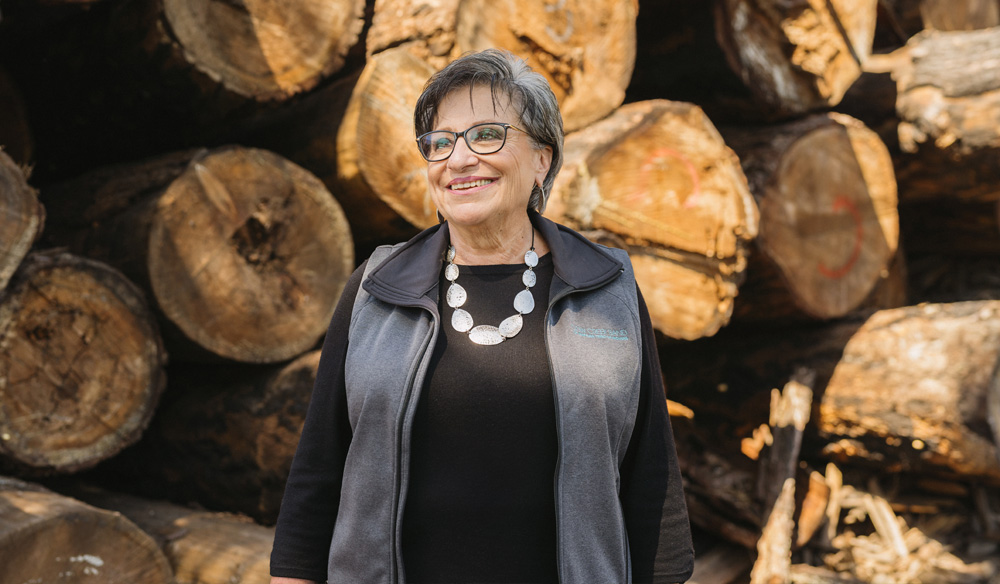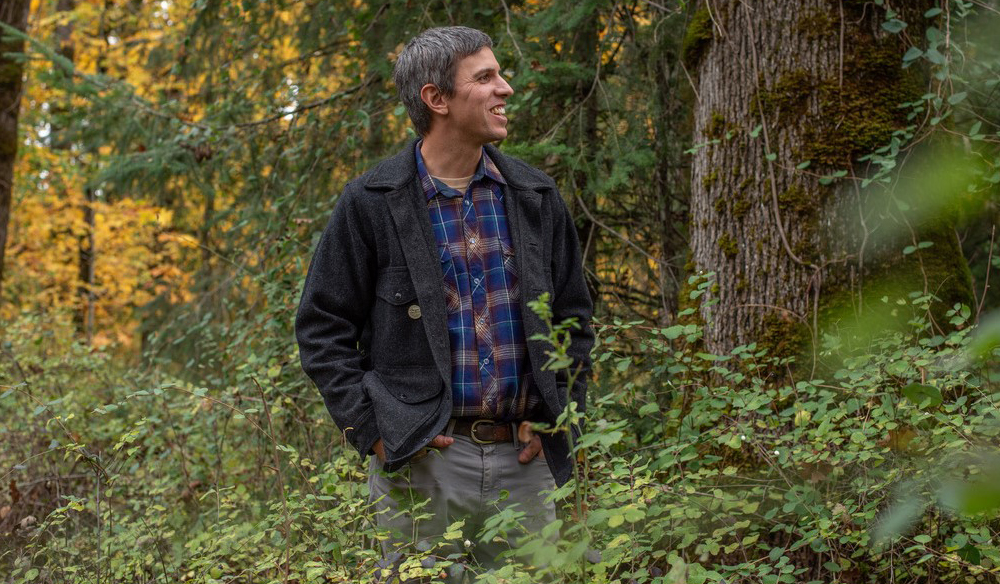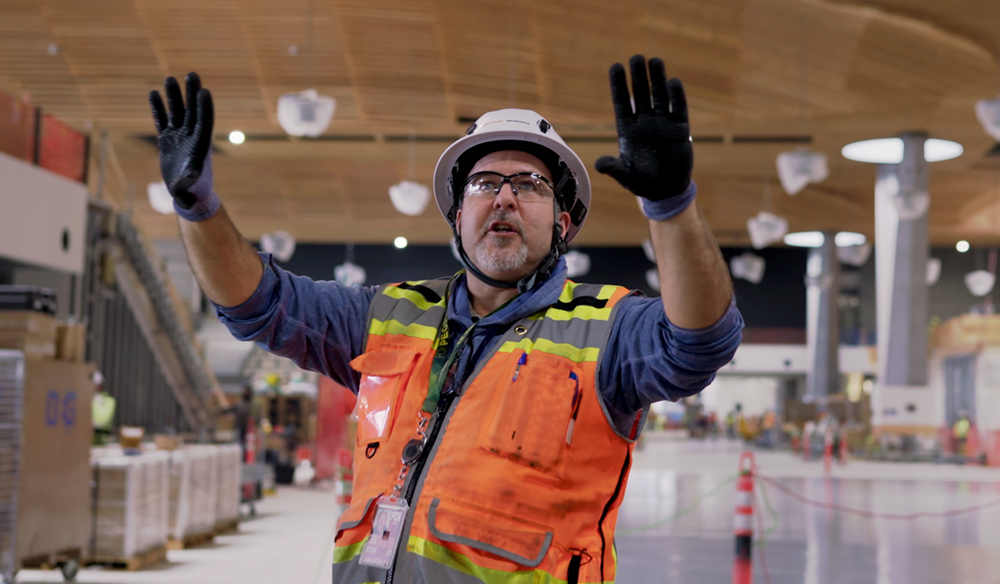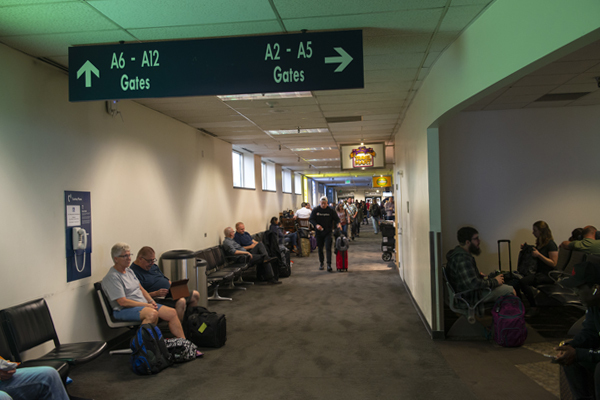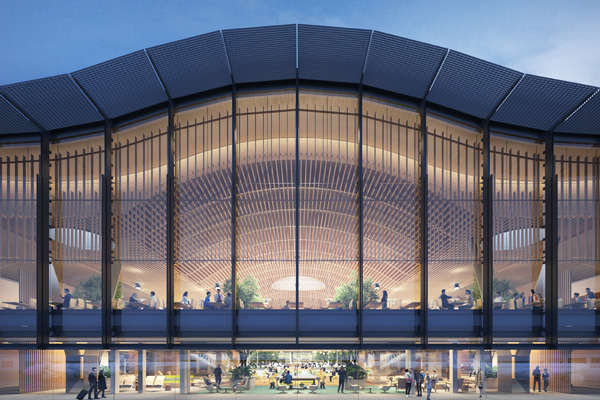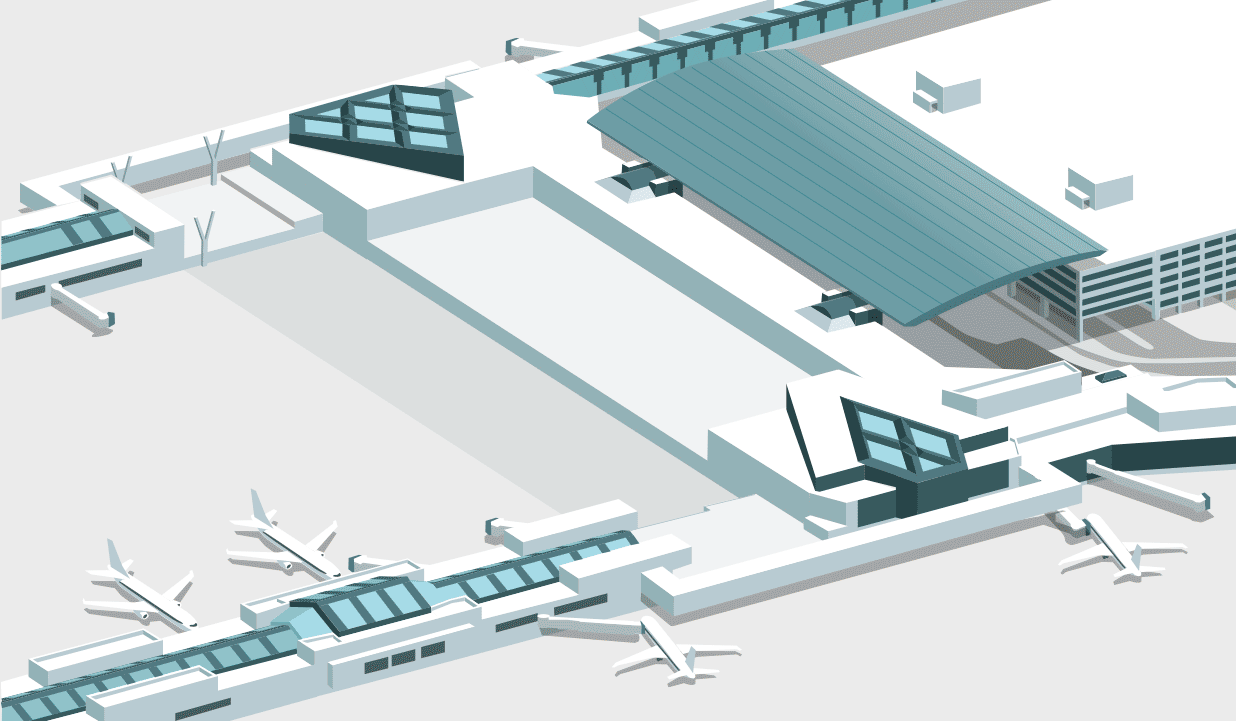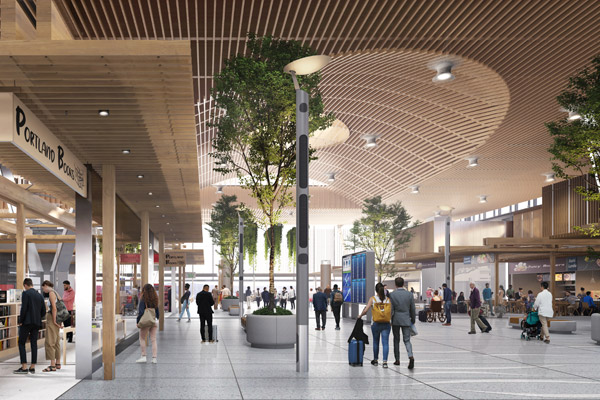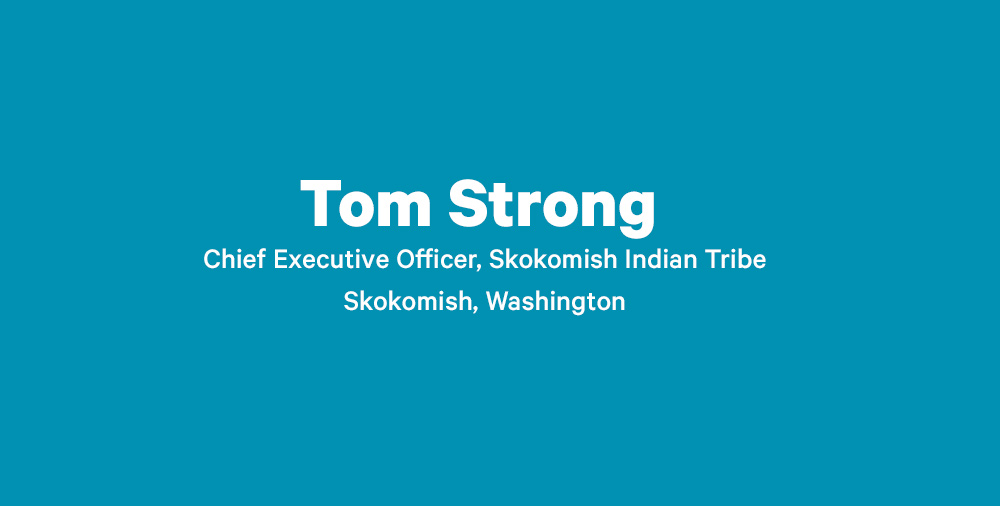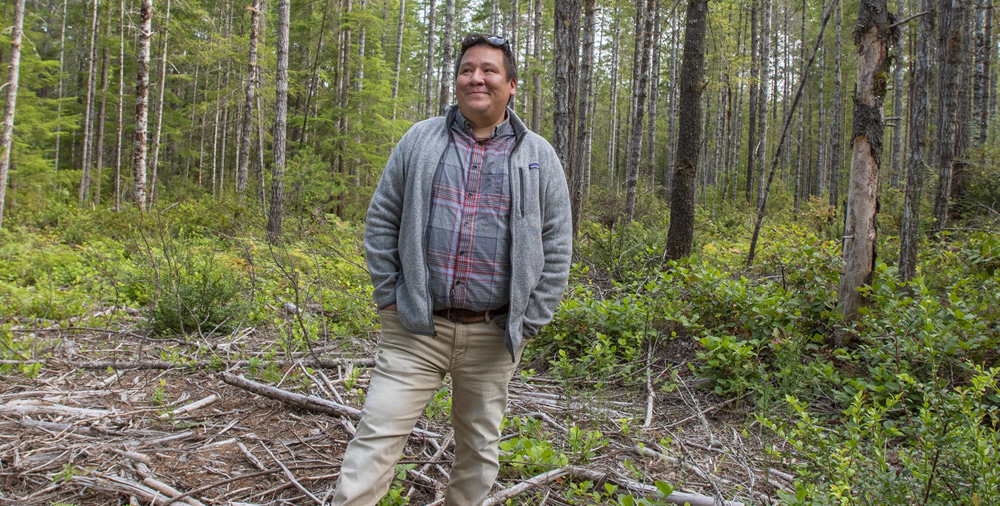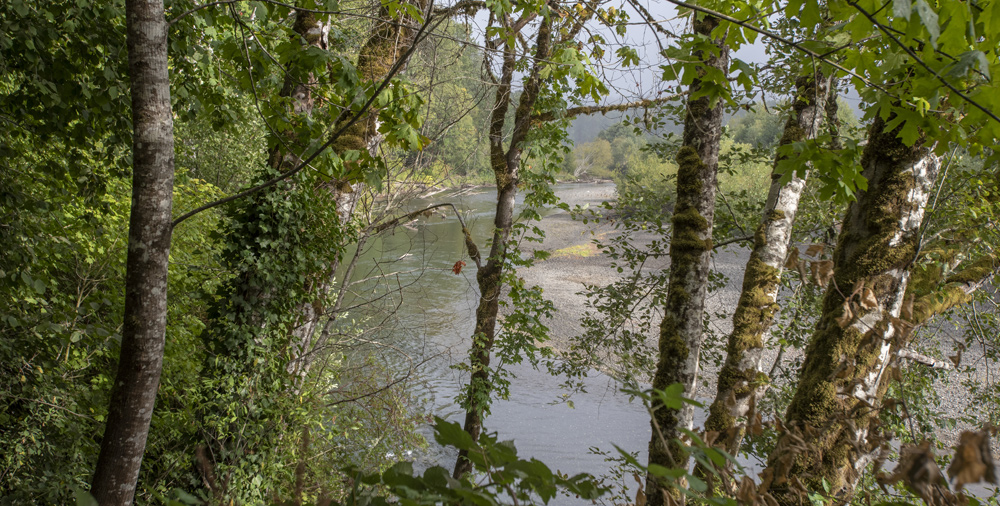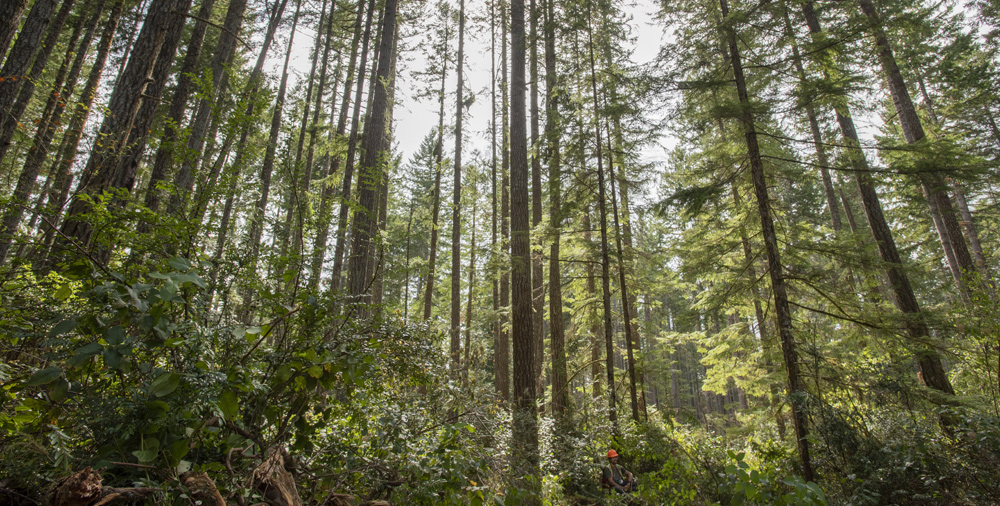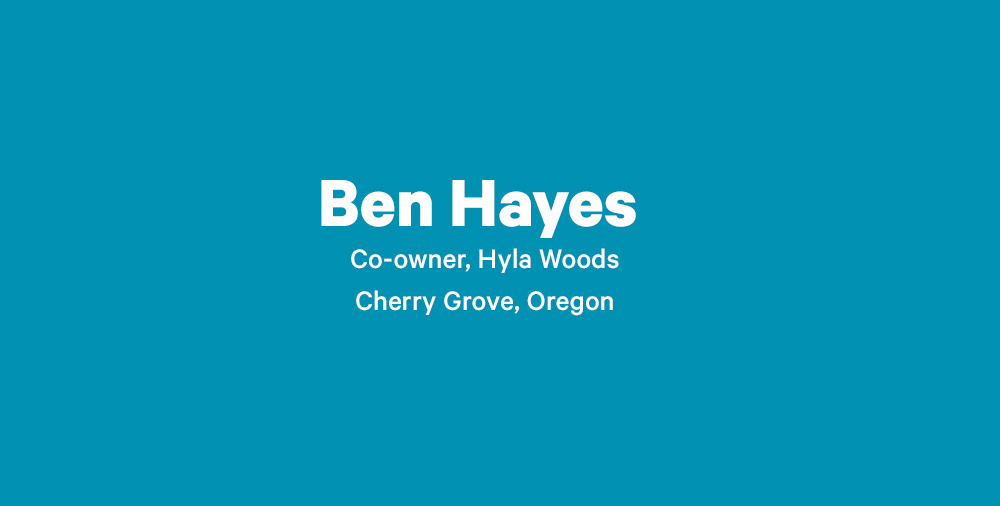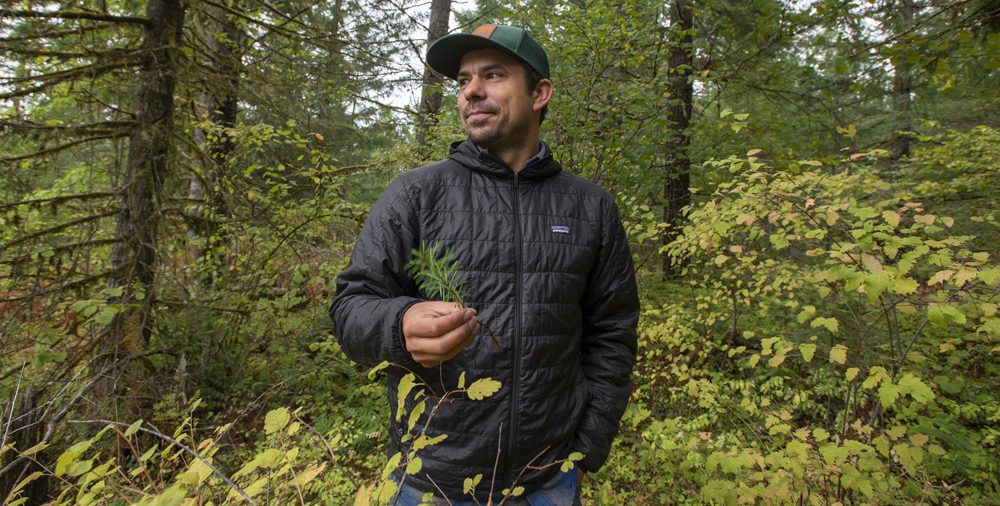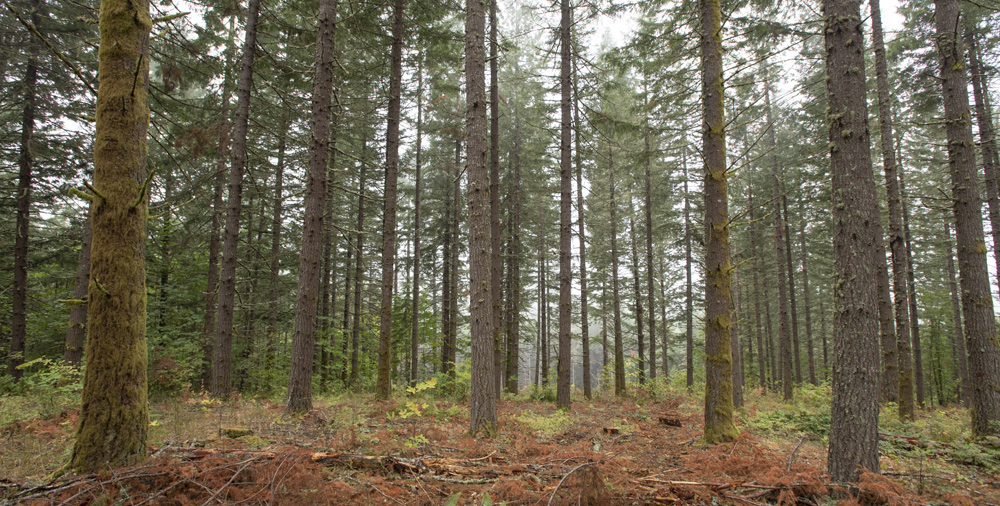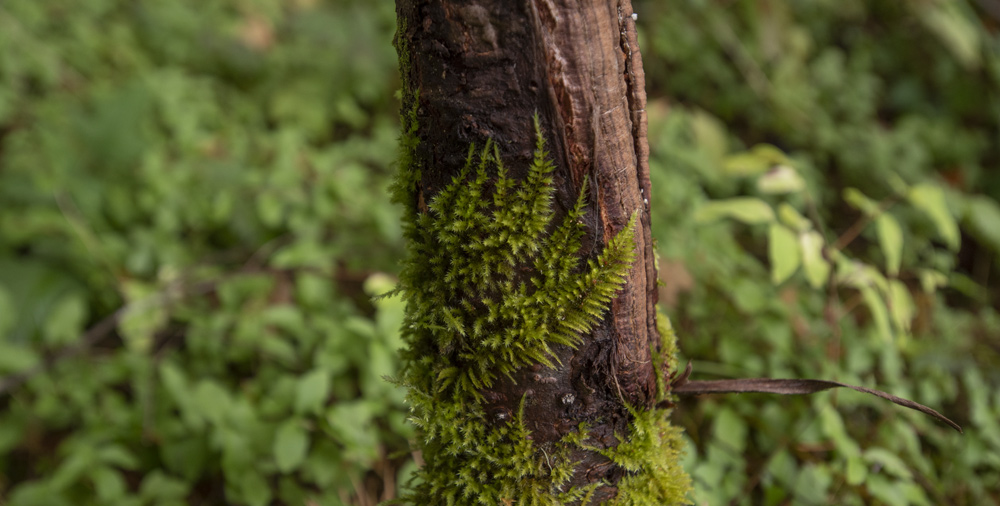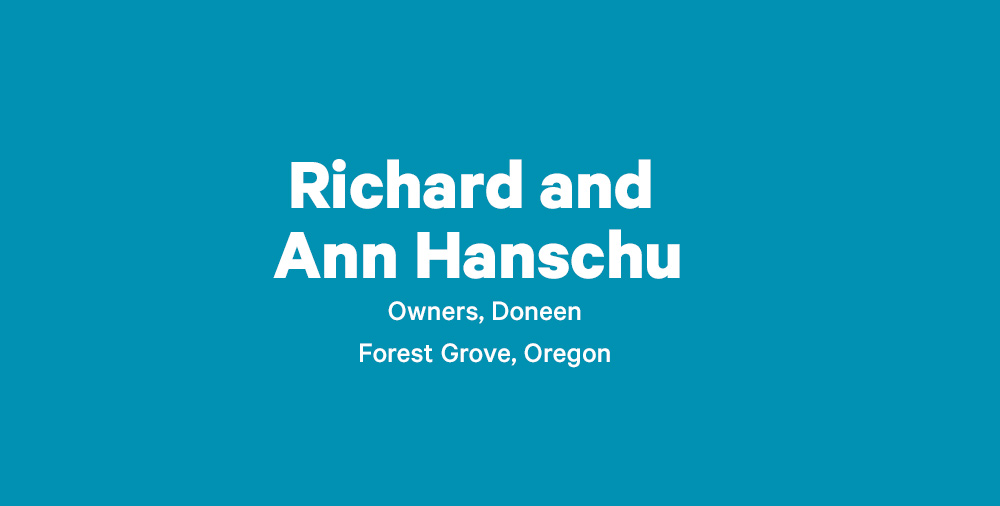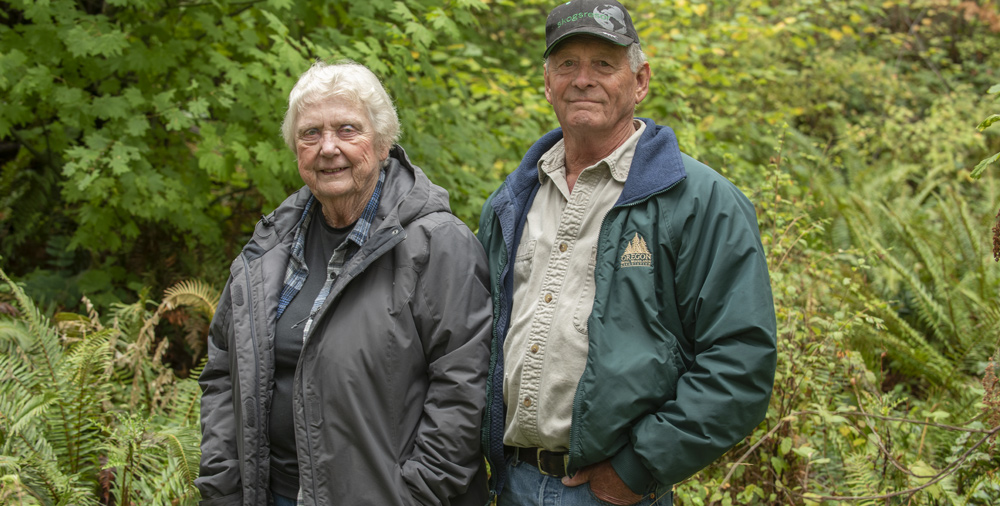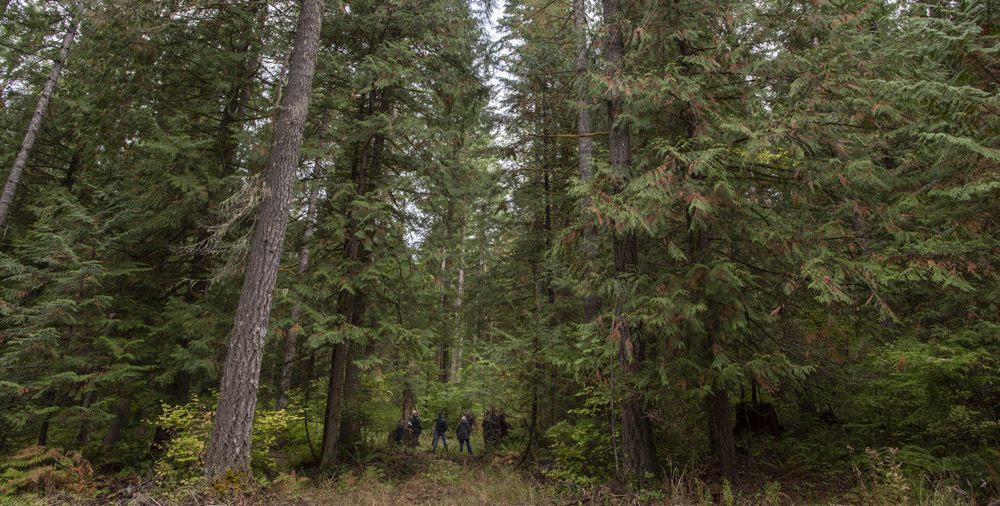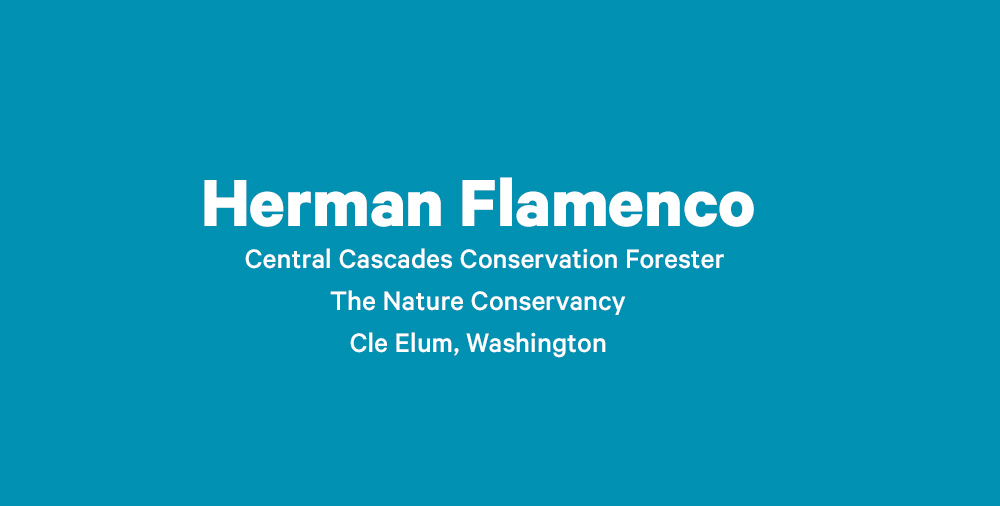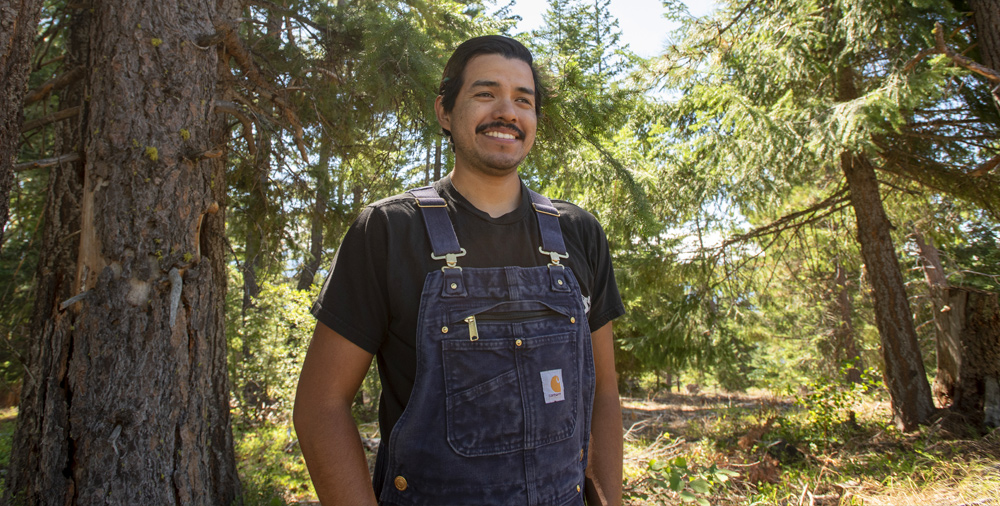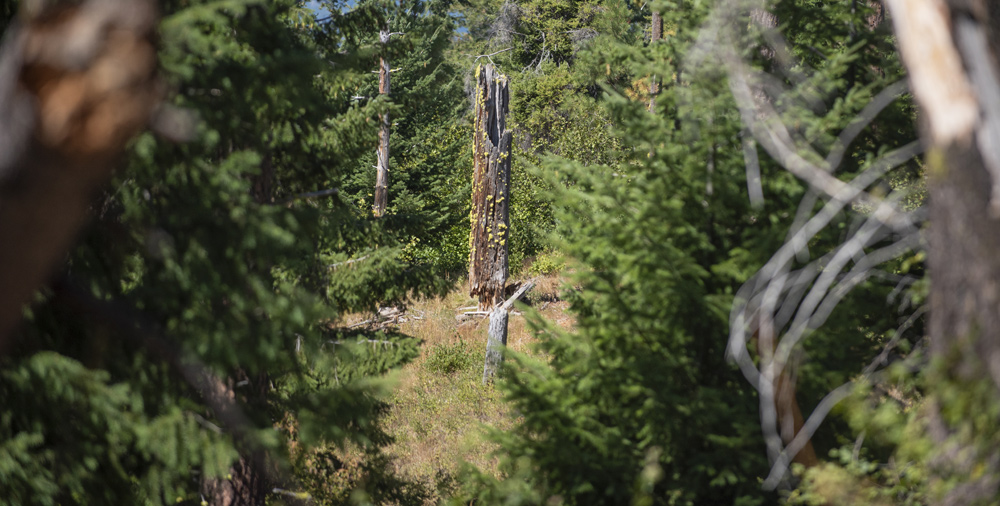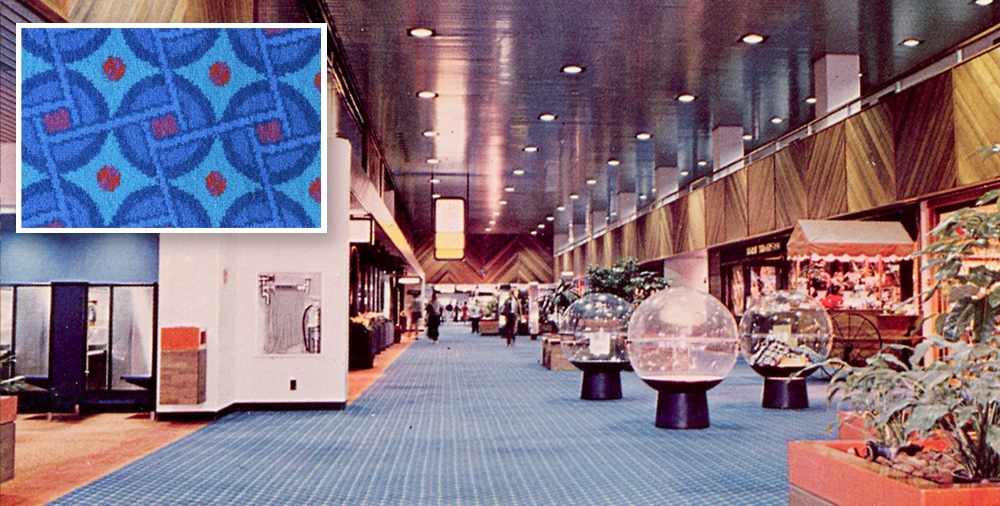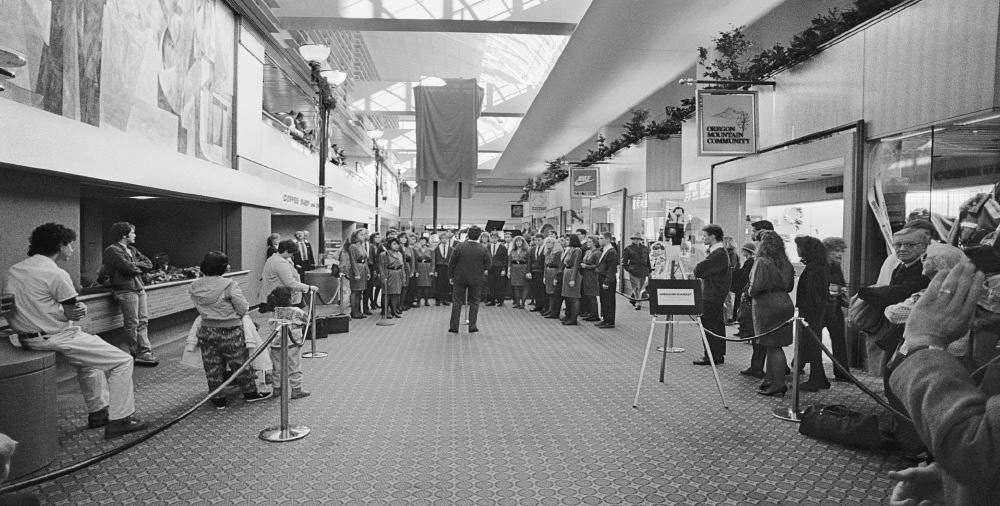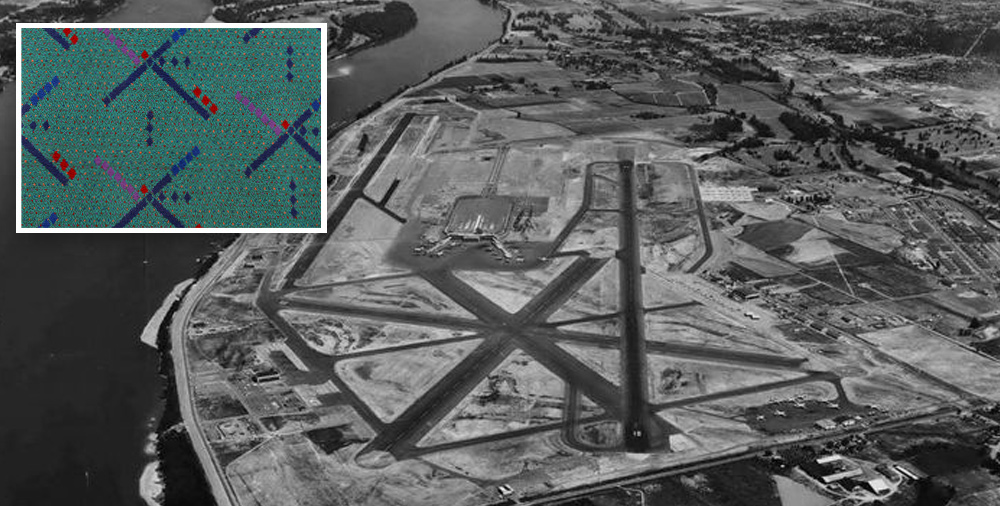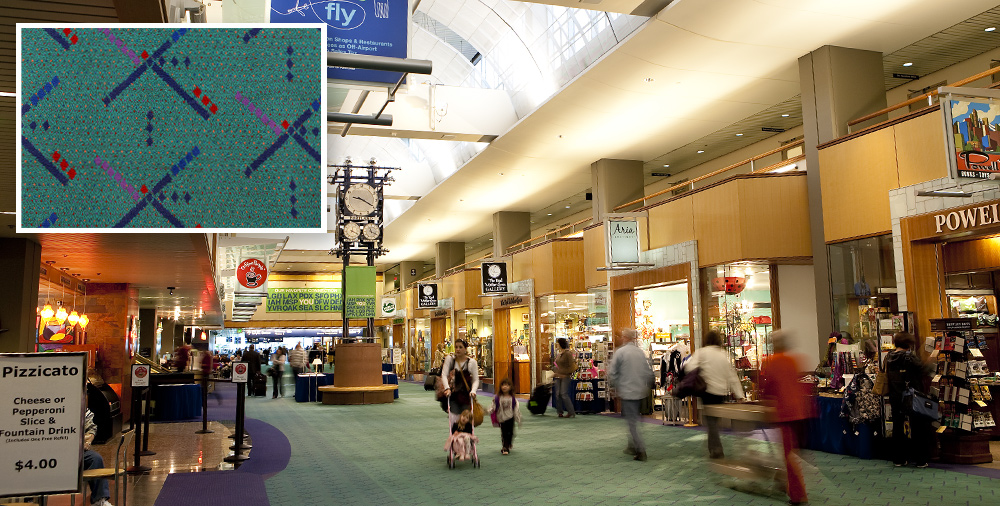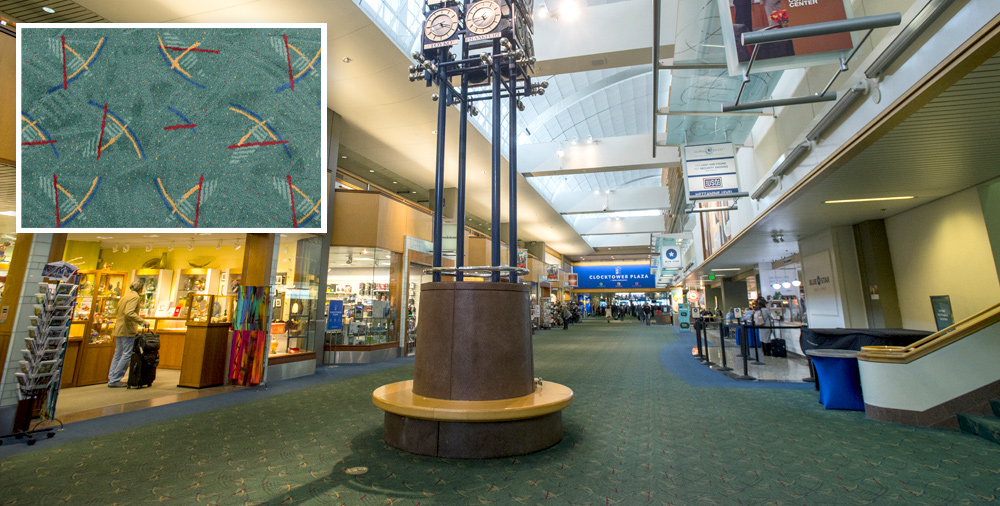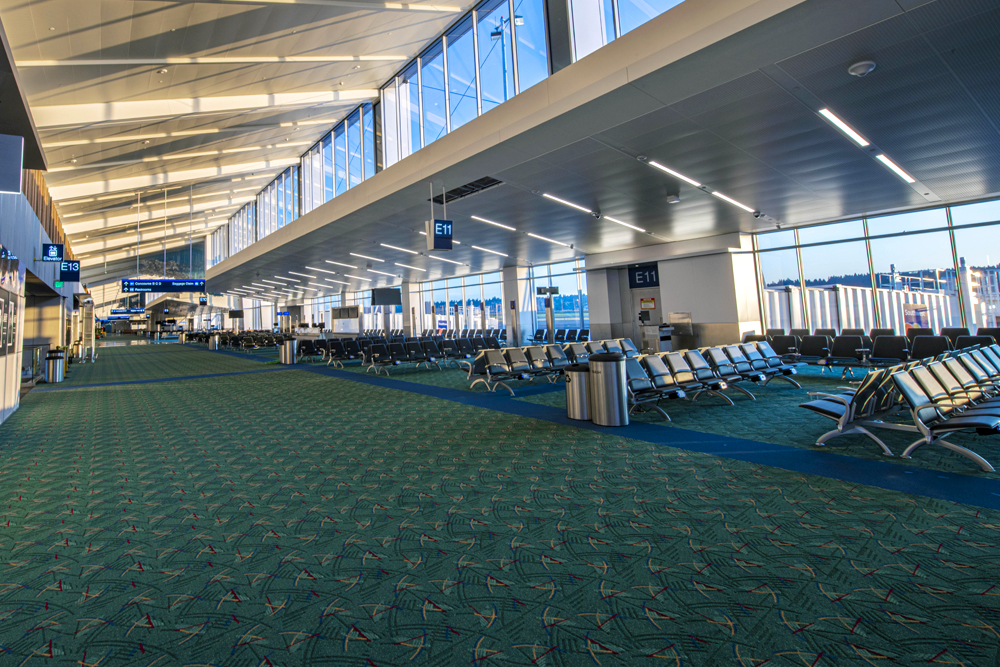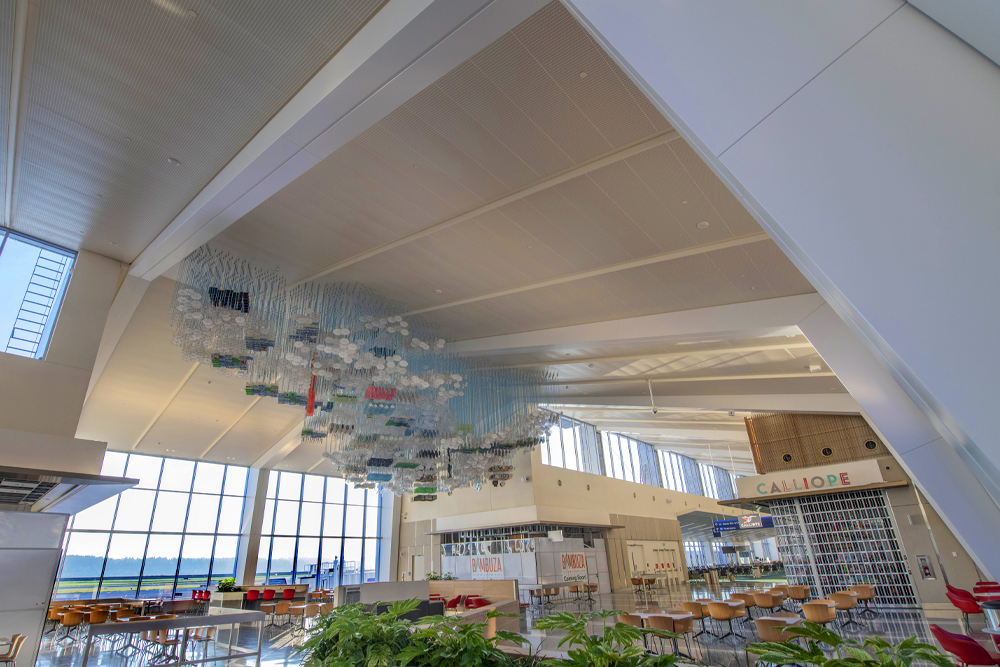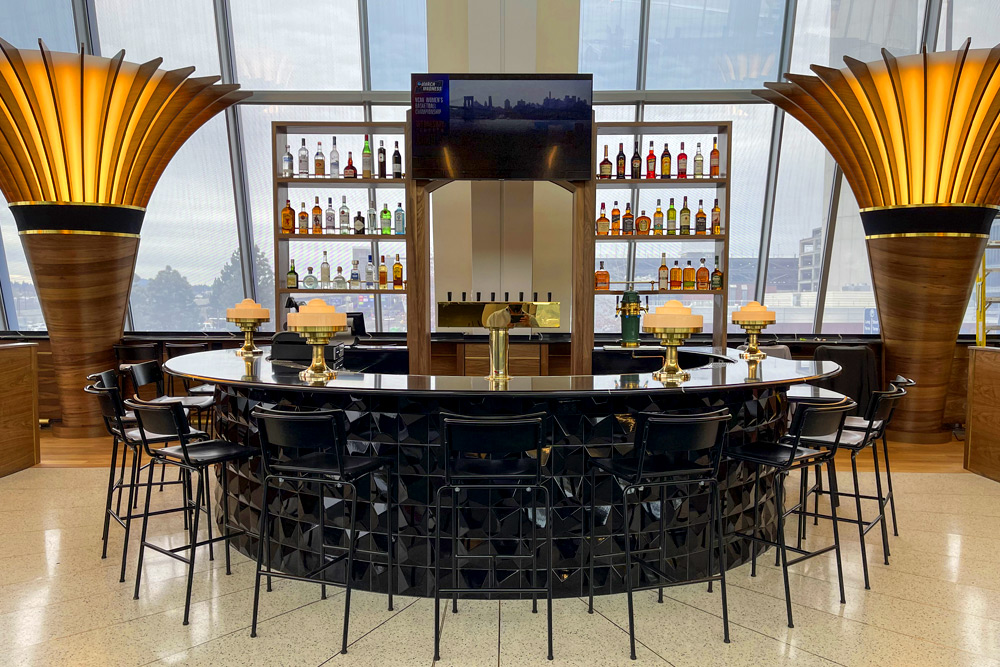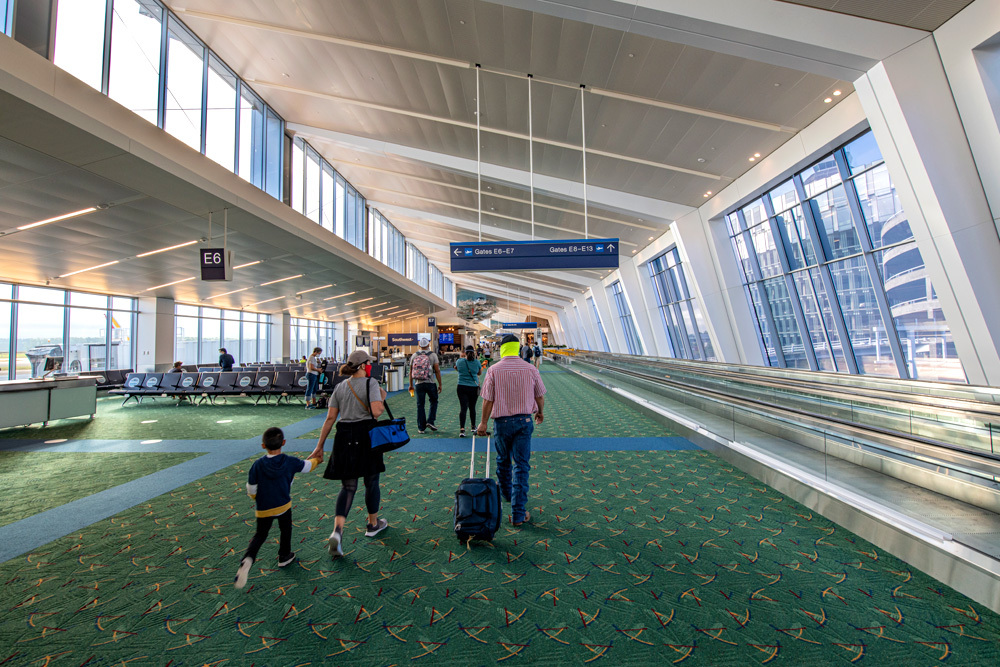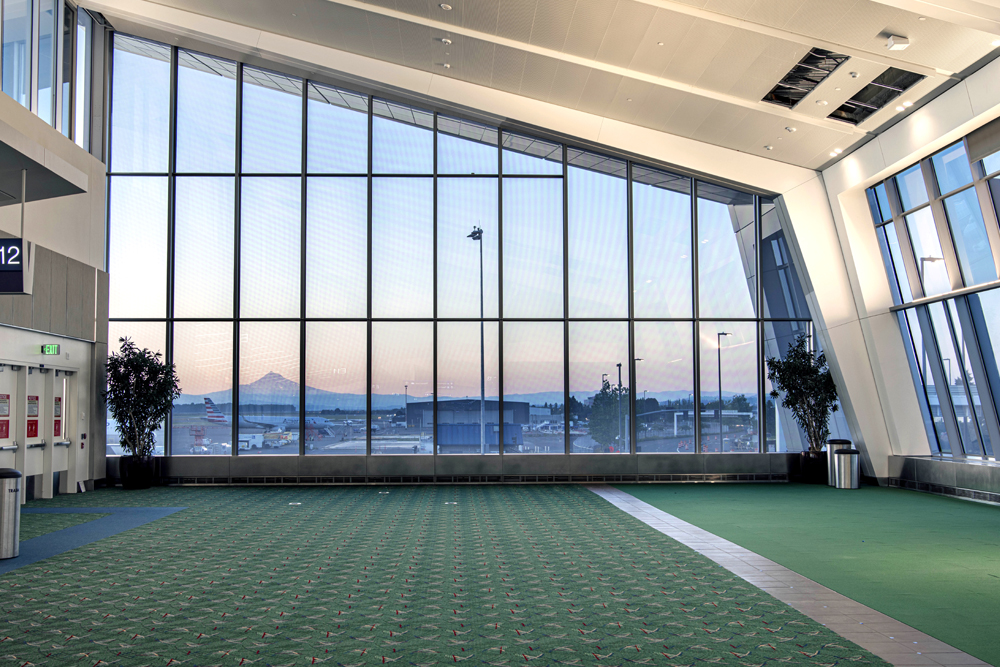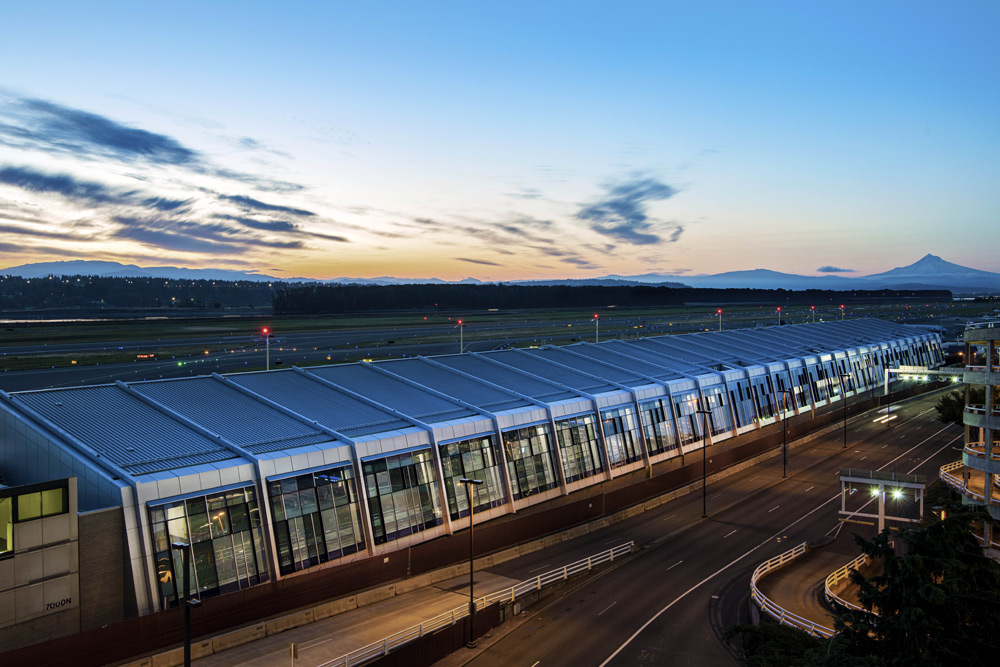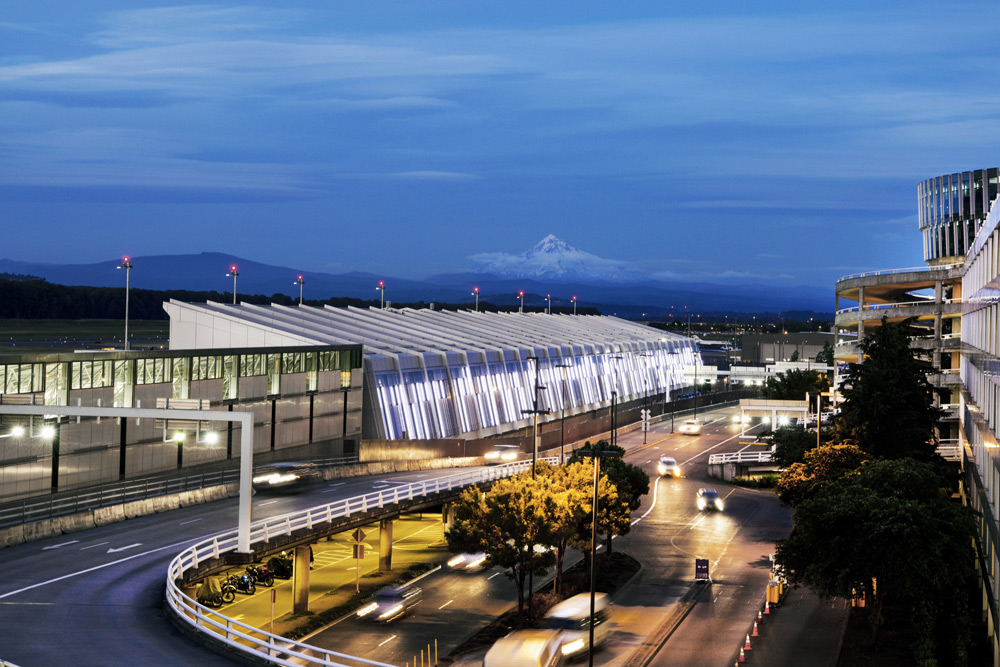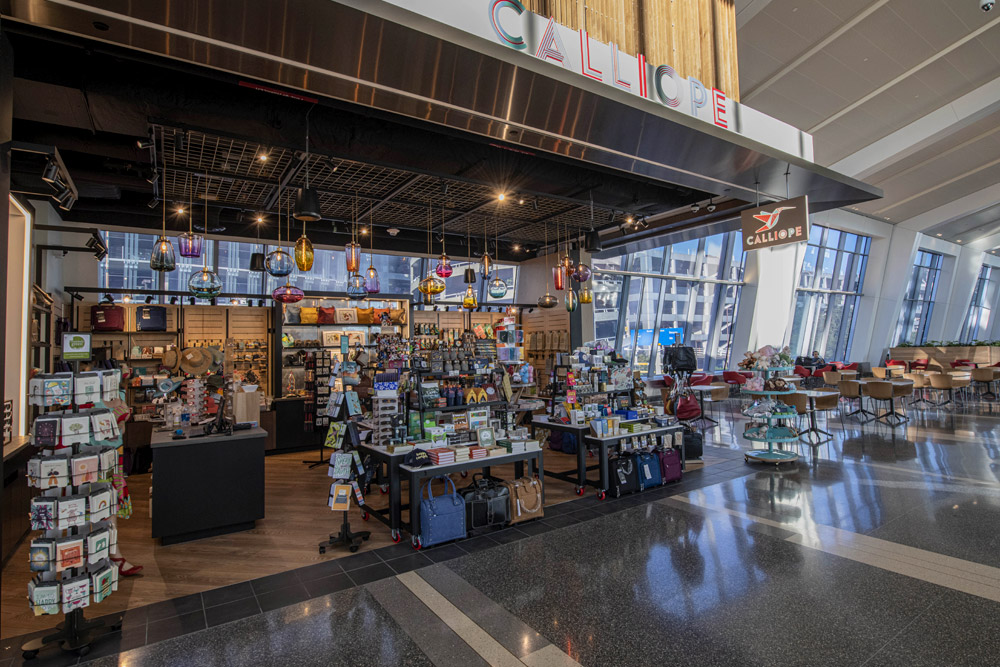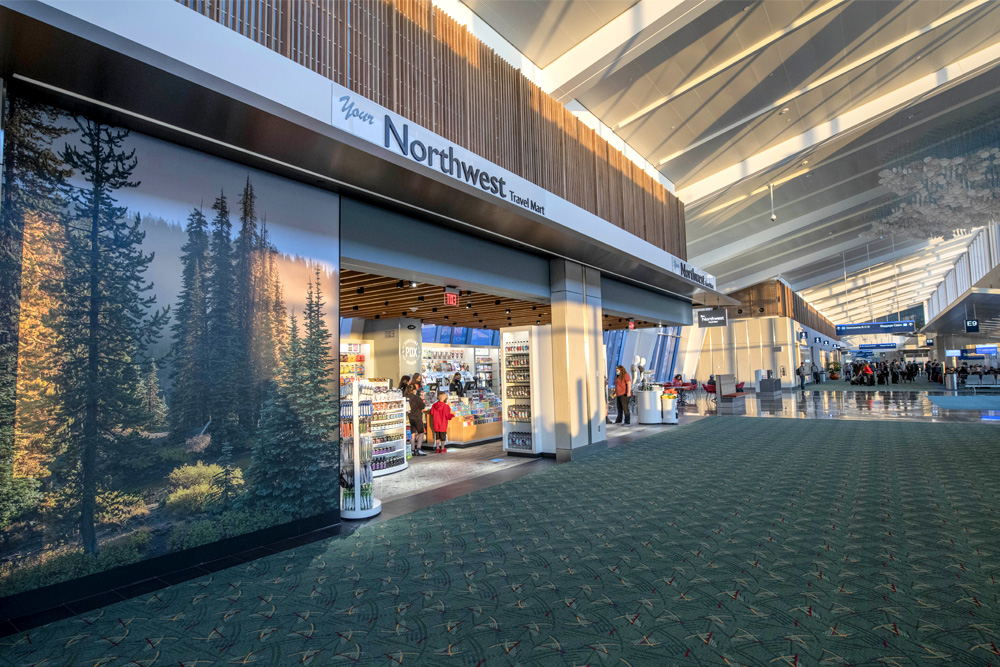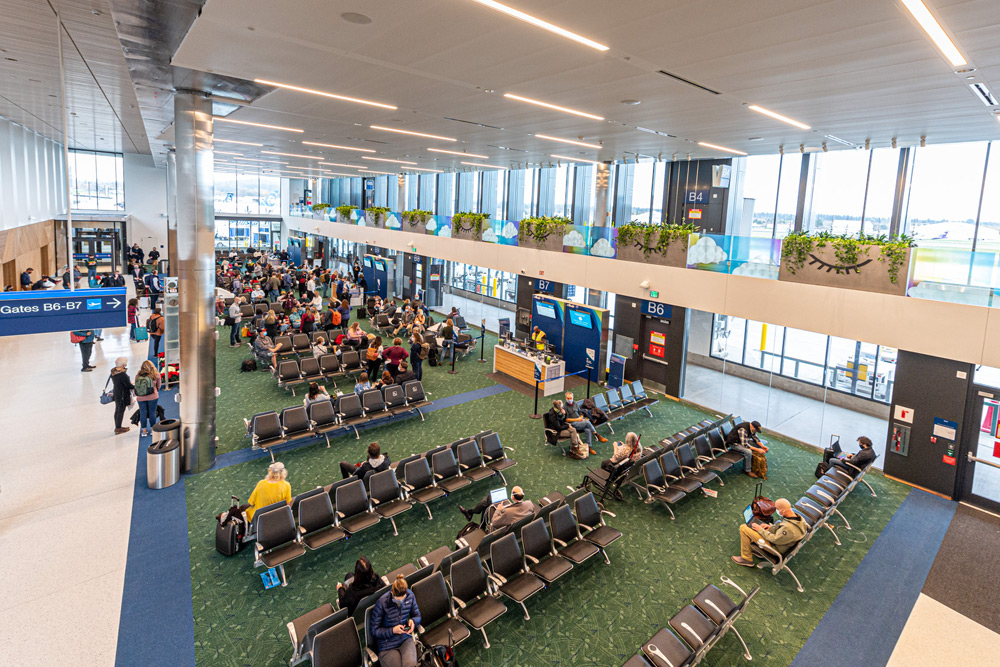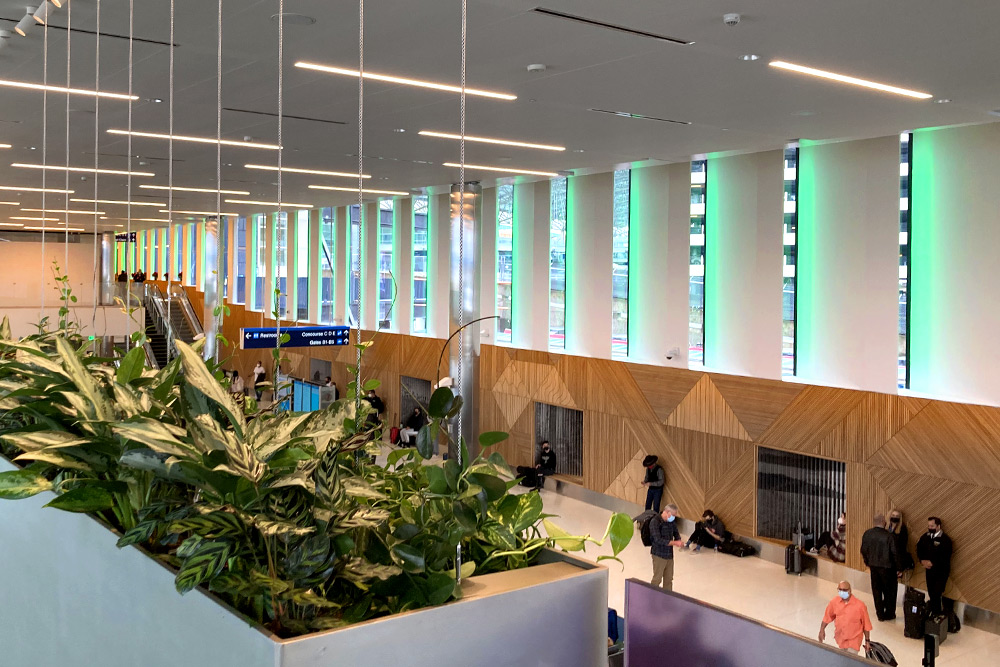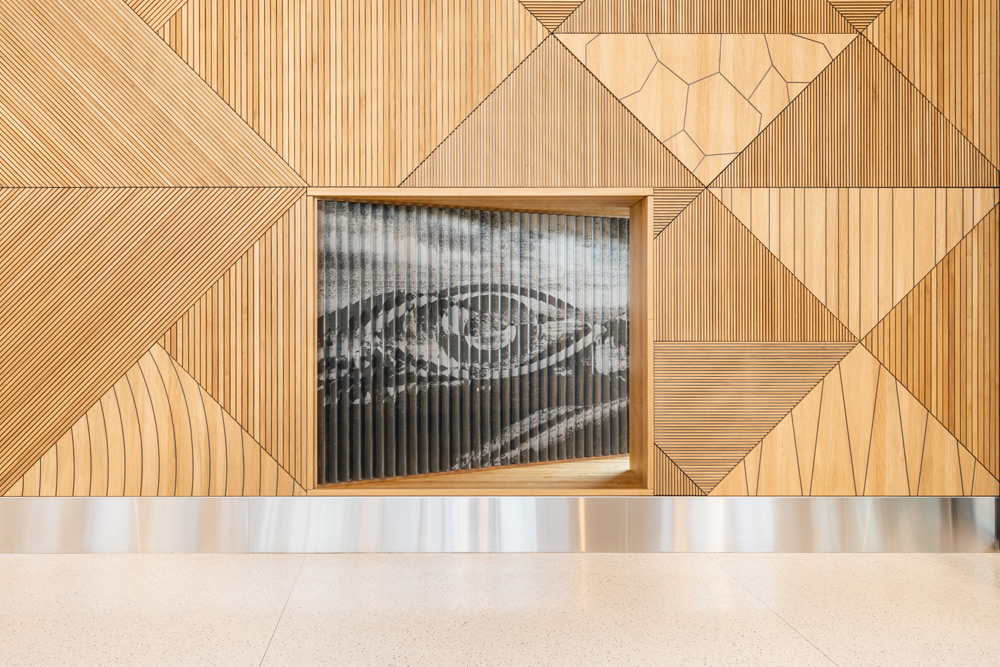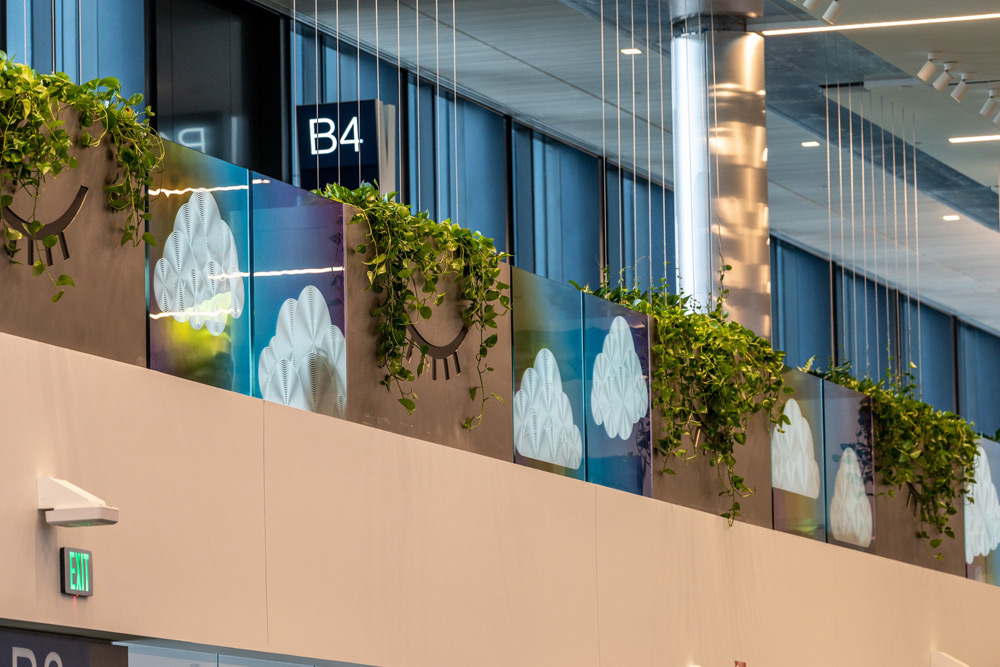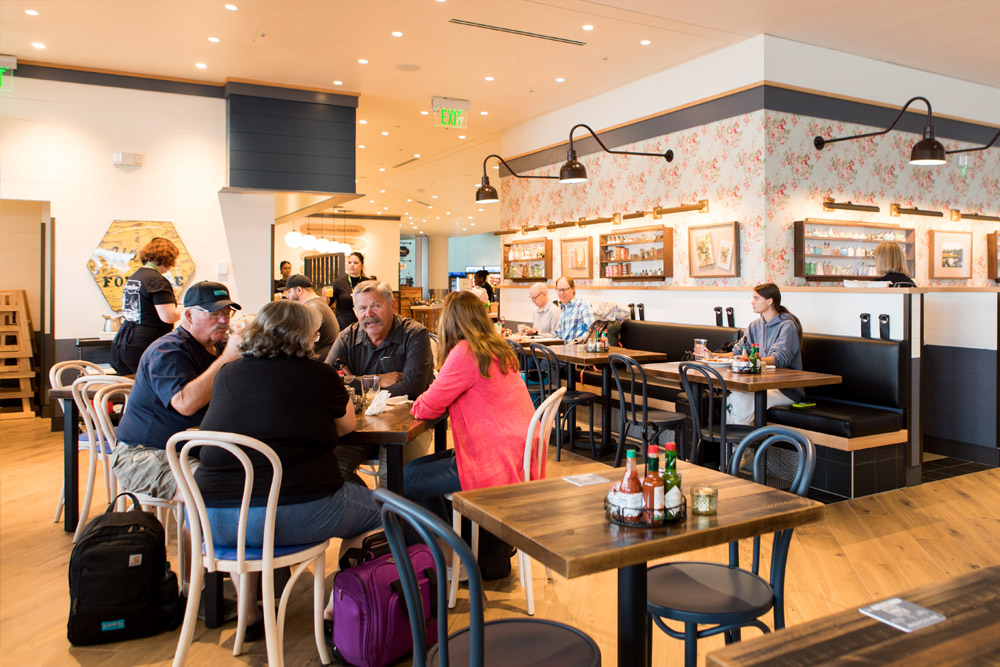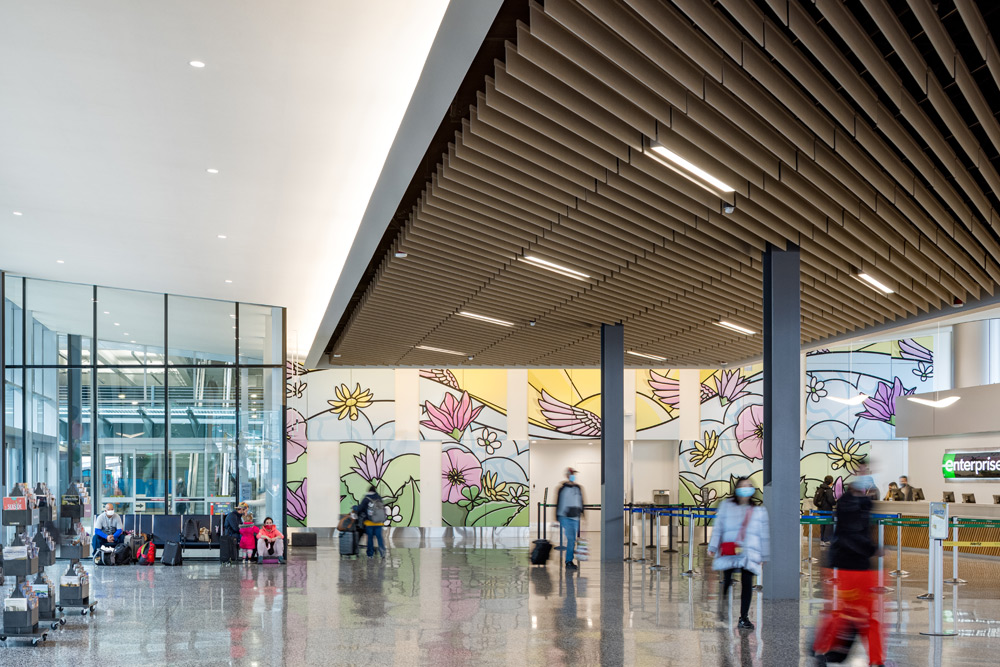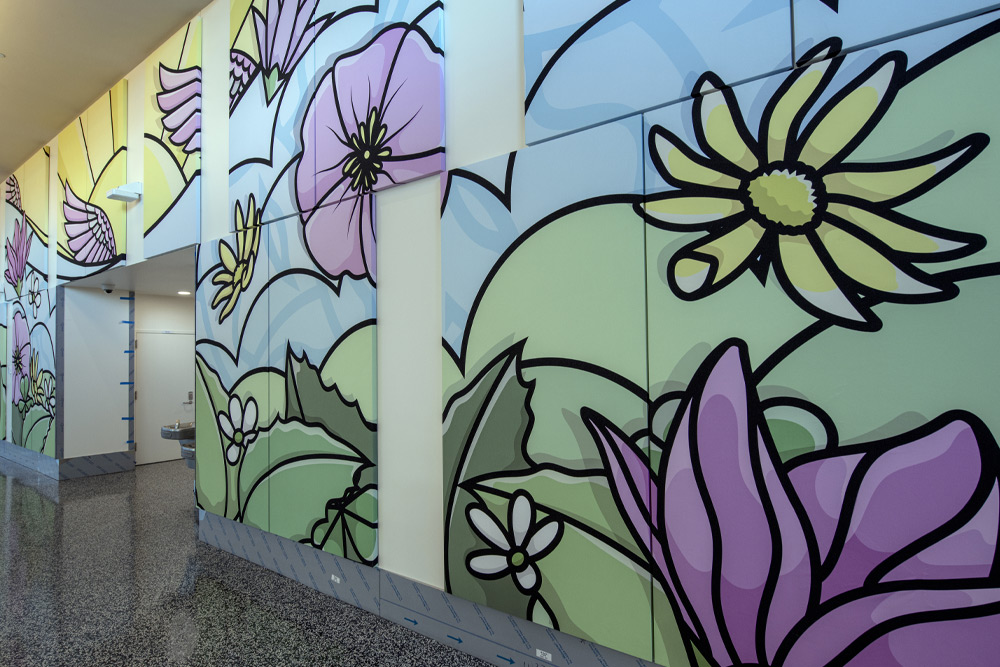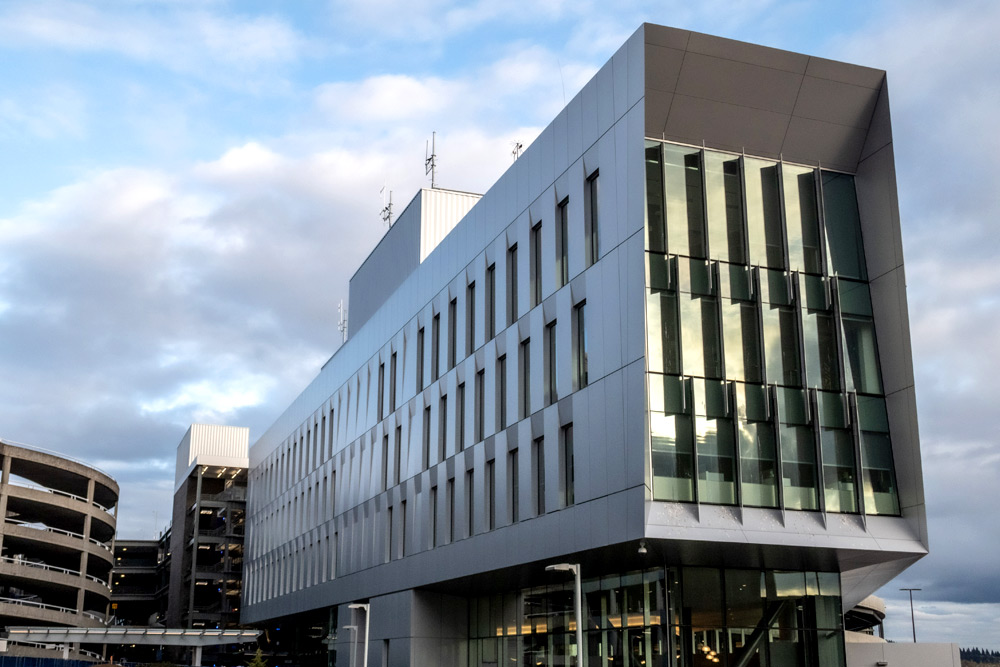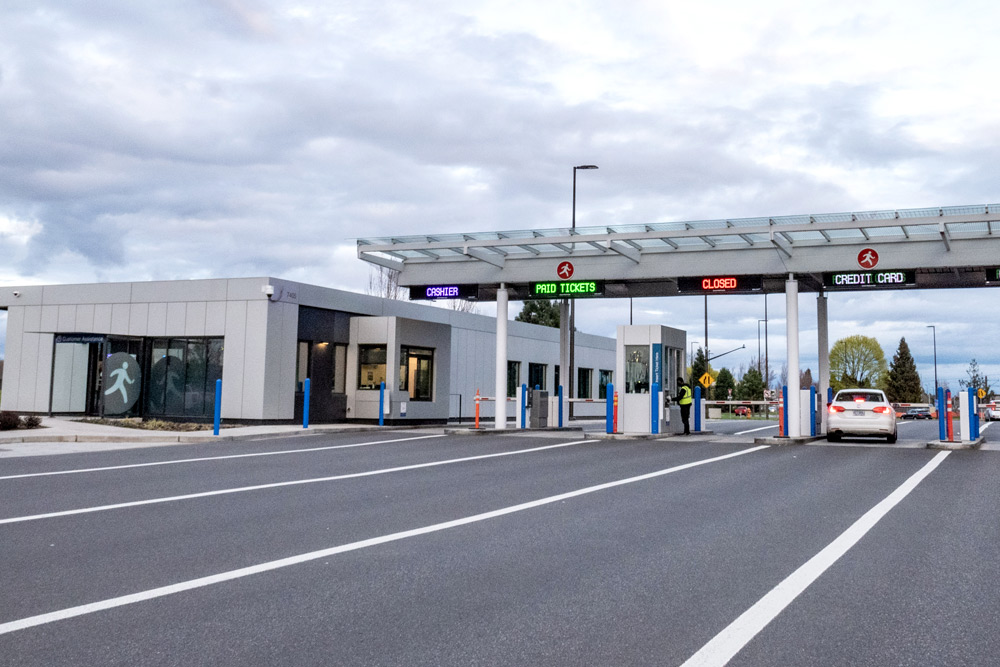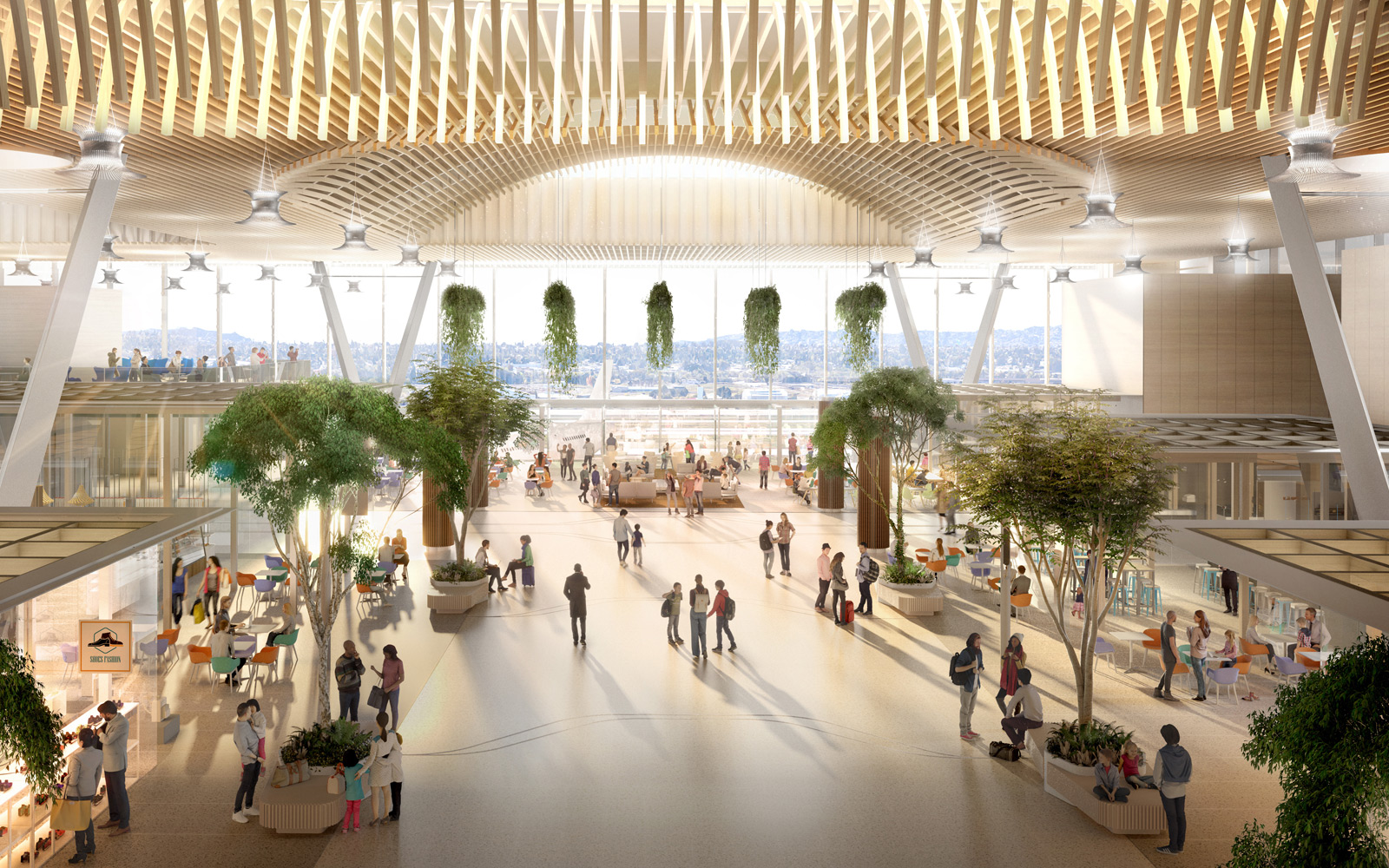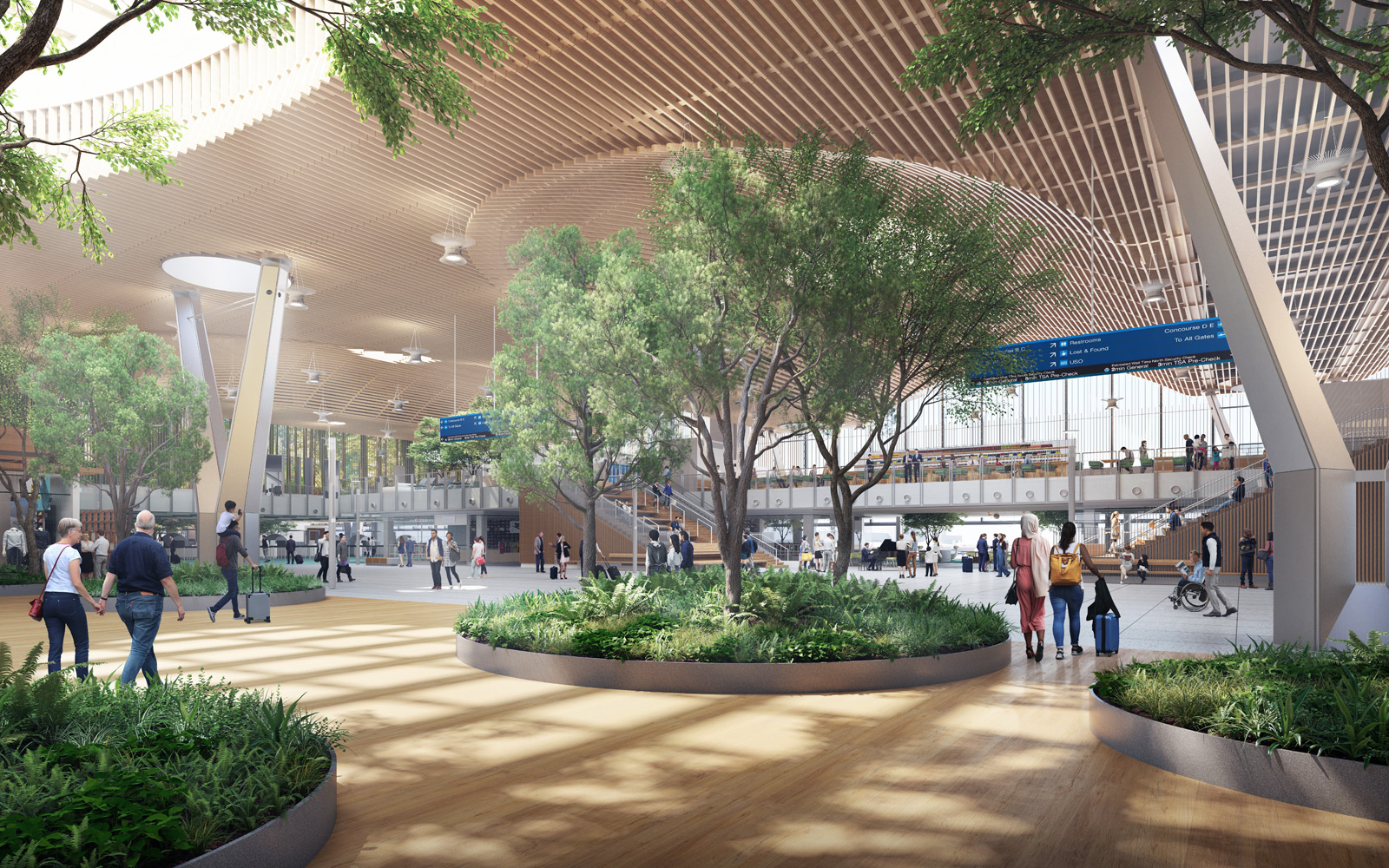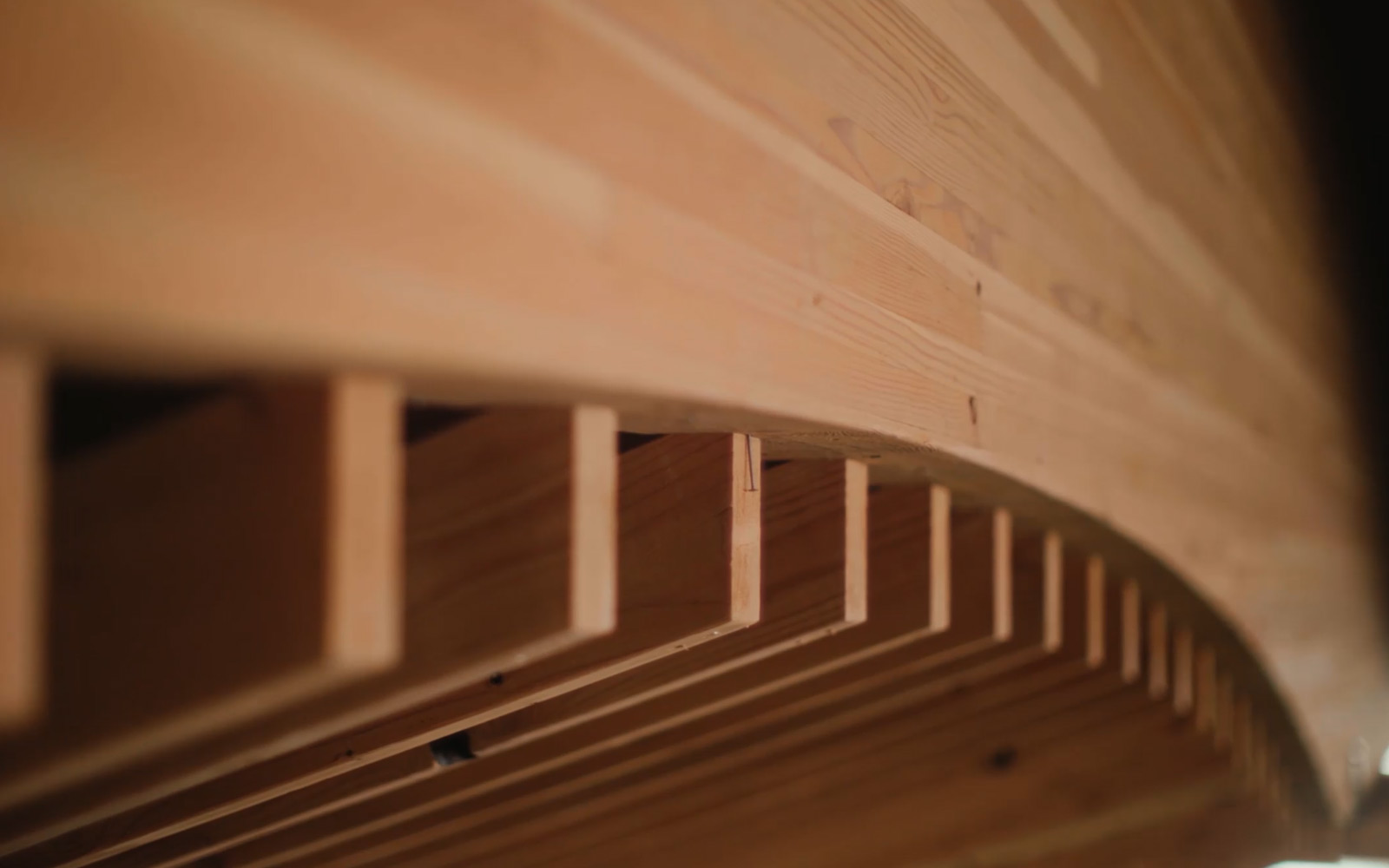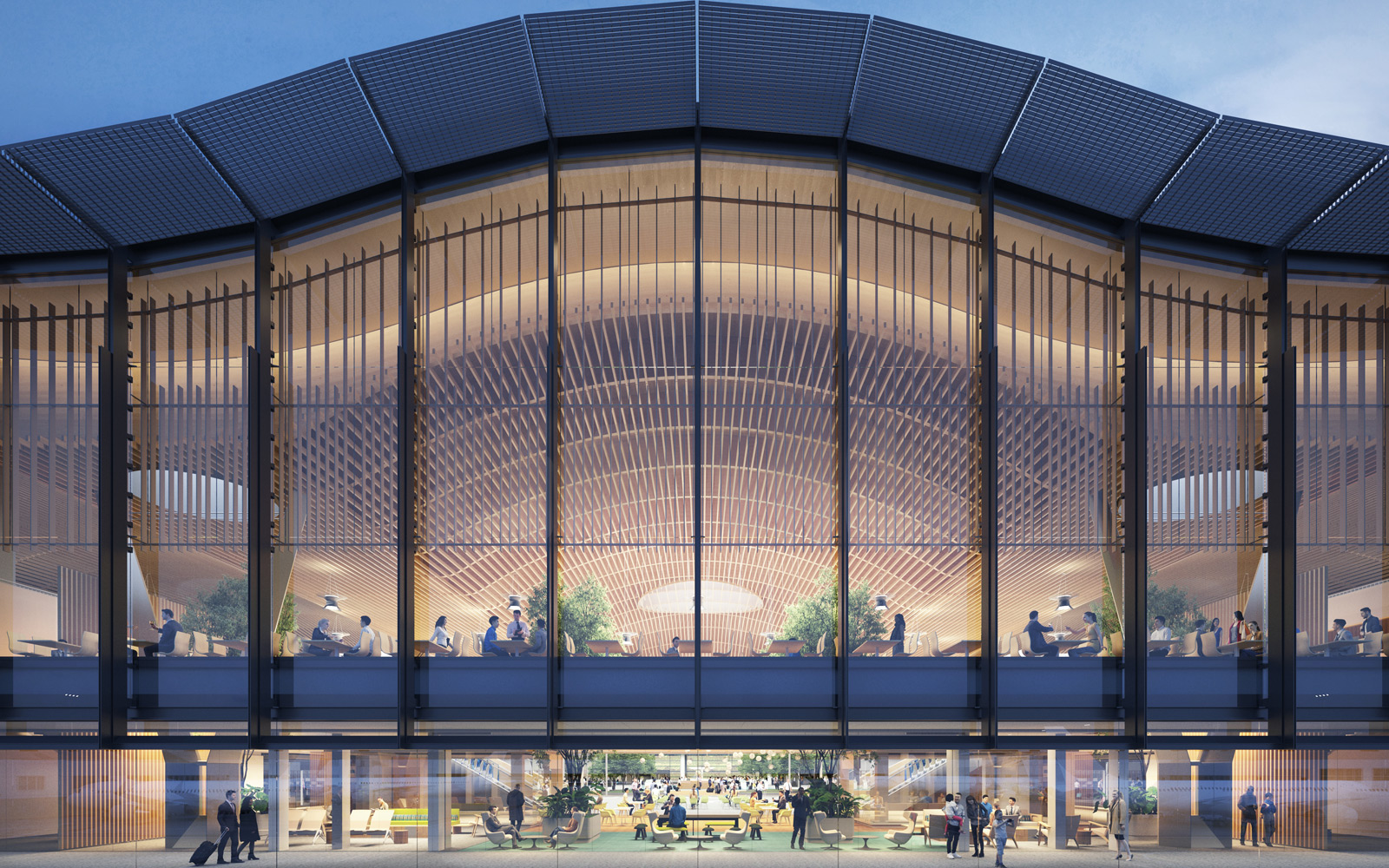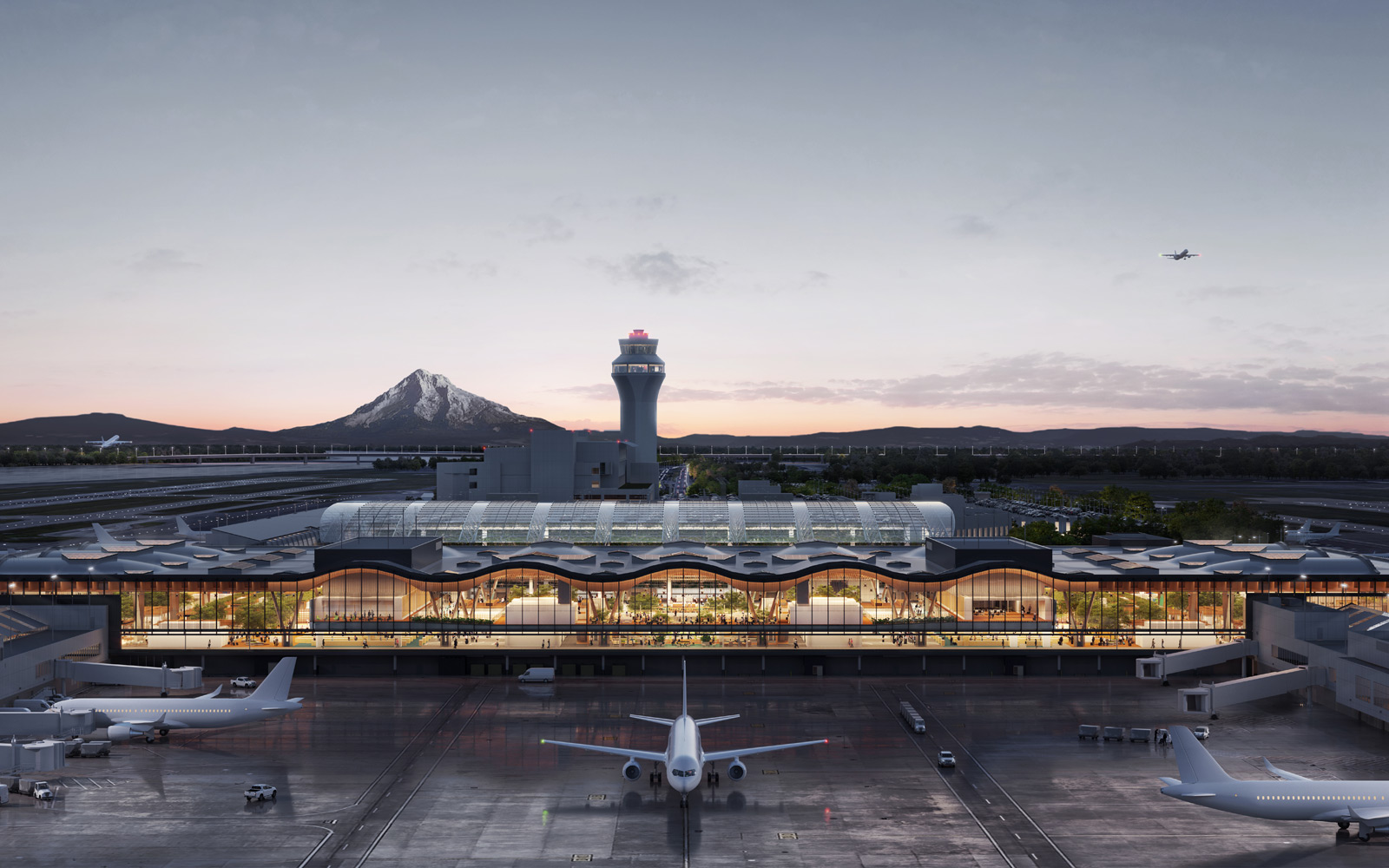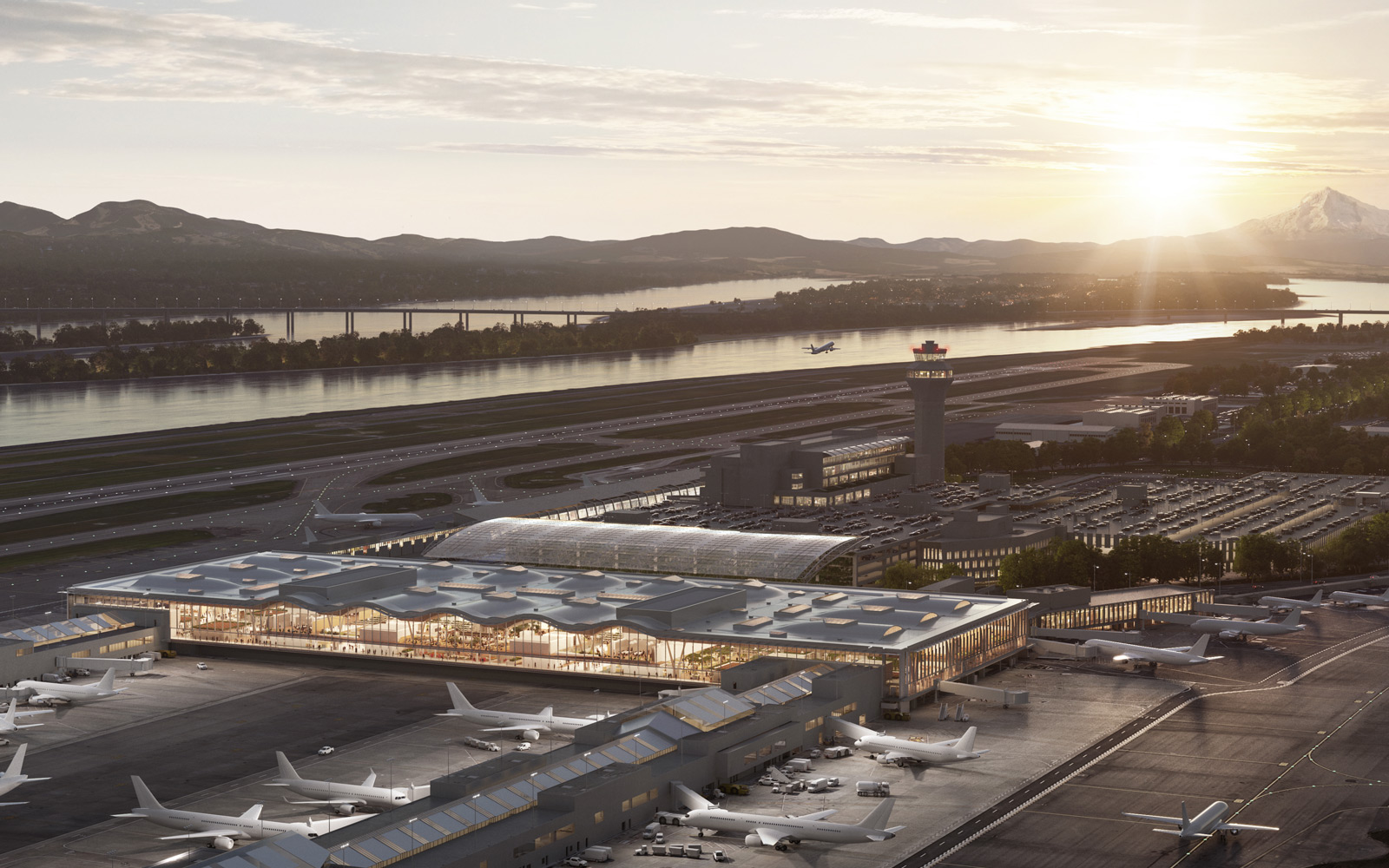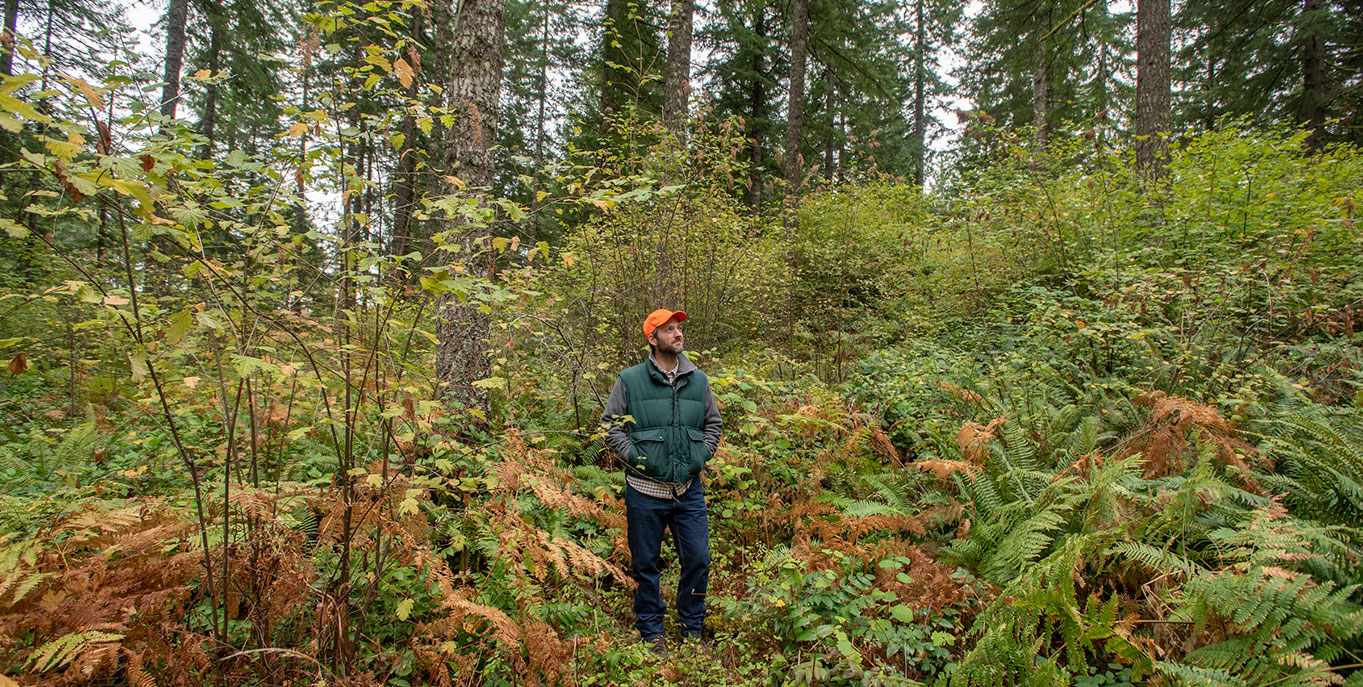
It takes a lot of hands to raise the roof at the new main terminal. In 2022, we’re shining a spotlight on some of the key people making this feat possible.
As director of green markets at the Portland-based nonprofit Sustainable Northwest, Paul Vanderford has devoted his career to building connections between the people managing forests sustainably and the lumber, paper, and construction industries that may want to buy from them.
When the Port of Portland began strategizing how to build a curvy, 9-acre roof out of Douglas fir from local, sustainably managed forests, Paul joined the effort. His role: helping construct a supply chain for this wood, one that had never existed before. Not only did he find the challenge rewarding, he hopes many more projects will take inspiration from the connections the PDX team made.
We talked to Paul about why raising the new roof at PDX is such a ground-breaking effort:
What is so unique about PDX's new roof?The airport is on the cutting edge in terms of directly knowing where the fiber (wood) being installed in a building comes from. There's no project that I know of doing this at this scale. The Cathedral of Notre Dame [in Paris], which burned down two years ago, is the only other major project where they're replacing damaged oak beams by hand-selecting trees from forests.
Why haven't we been able to do this before?Commodities markets like lumber wash the identity from products. That's why they function so well. You are selling one product, and the more vendors the products come from, the more efficiently you can buy that one thing and sell it to your customers.
There have always been people who care about where their wood came from, but people in the industry often don't have relationships to carry their ambitions through the supply chain.
One of the largest suppliers for this project was Yakima Forest Projects. Is there much of a market yet for identity-sourced lumber products from tribal lands?The answer would be no, but the nuance there is that the market is very interested. And the Intertribal Timber Council, the main collective force for tribal nations with forest land in North America, have tried to create a tribal branding initiative. There's just no direct pathway for that interest to materialize in a supply chain.
What you run into, whether you're a small private landowner, a federal land holder, or a tribal nation, is that you have no leverage when you sell a log to a mill. The mill has, in many instances, a disincentive. They just want to have one product that they sell. In turn, [property owners and construction companies] don't sign contracts with the mills, they only sell contracts with fabricators. And then landowners only sign contracts with the mills. So there's this space in the middle where there's almost no influence.
What is the difference between Forest Stewardship Council certification—the best-known certification for sustainable forestry products—and what the port is doing?What the airport has done is gone beyond certification. We wanted a relationship. We wanted to say: Here's the forest. Here are the specific names of the people who have jobs managing it. We also wanted to help [lessen the impact of] wildfire, support forest restoration, and invest in local communities.
The relationships we forged allowed us to bring members of the supply chain, including loggers, forest owners, tribal members, mill workers, and brokers, together to honor their contribution. This project gives them an opportunity to see their beautiful wood as an installed product they can show their families when they fly through the airport, a connection they can take pride in.
